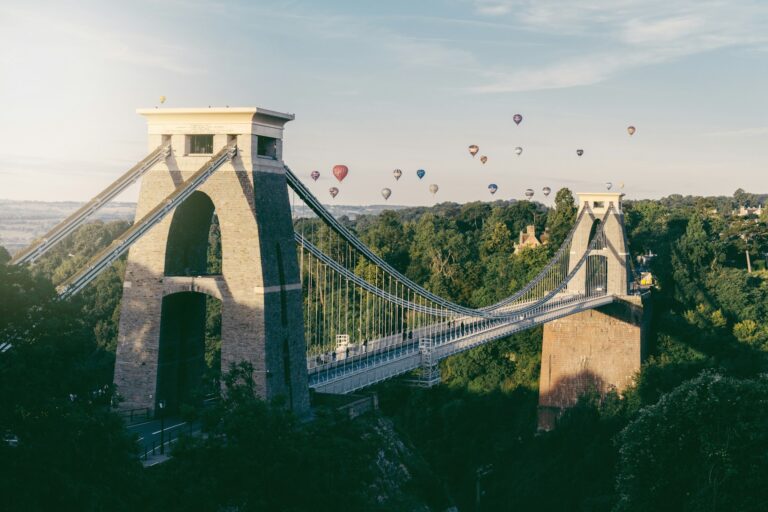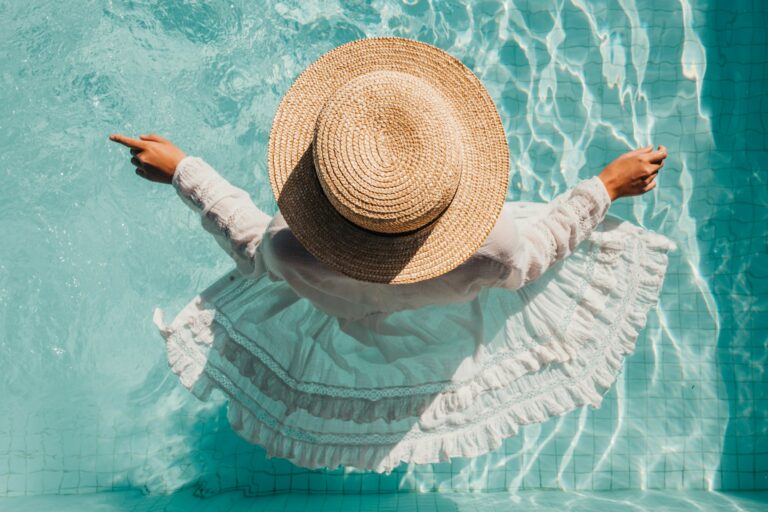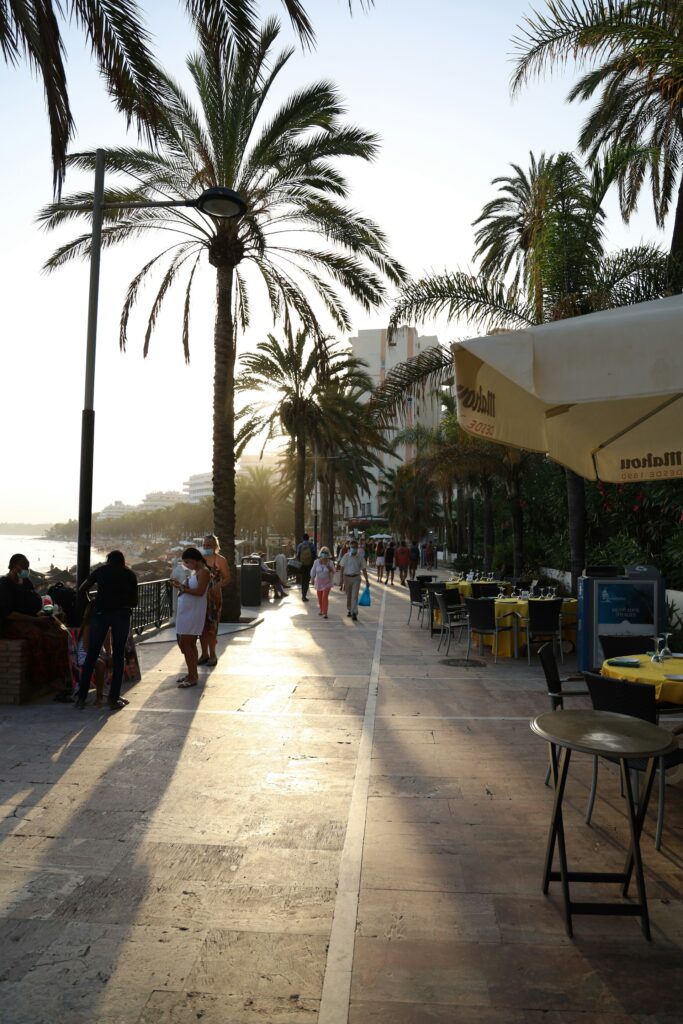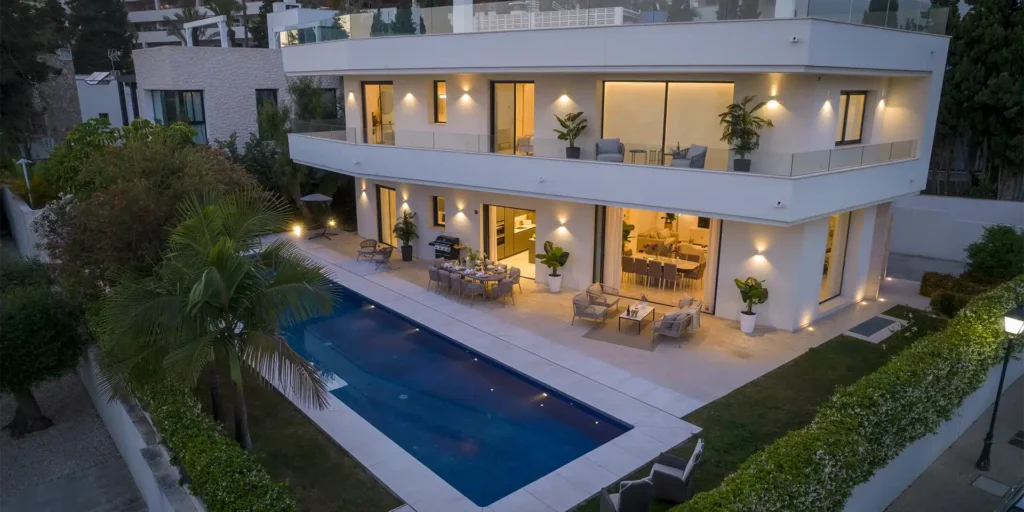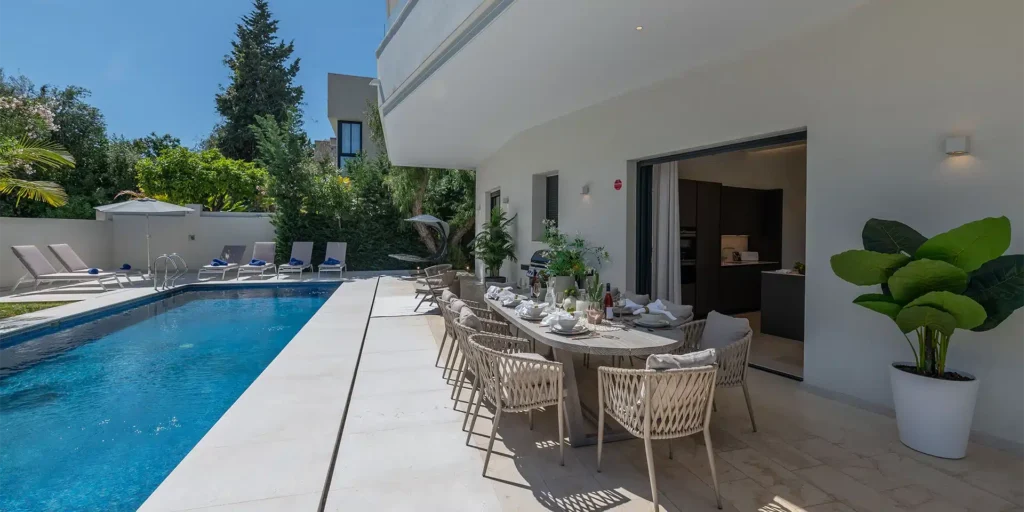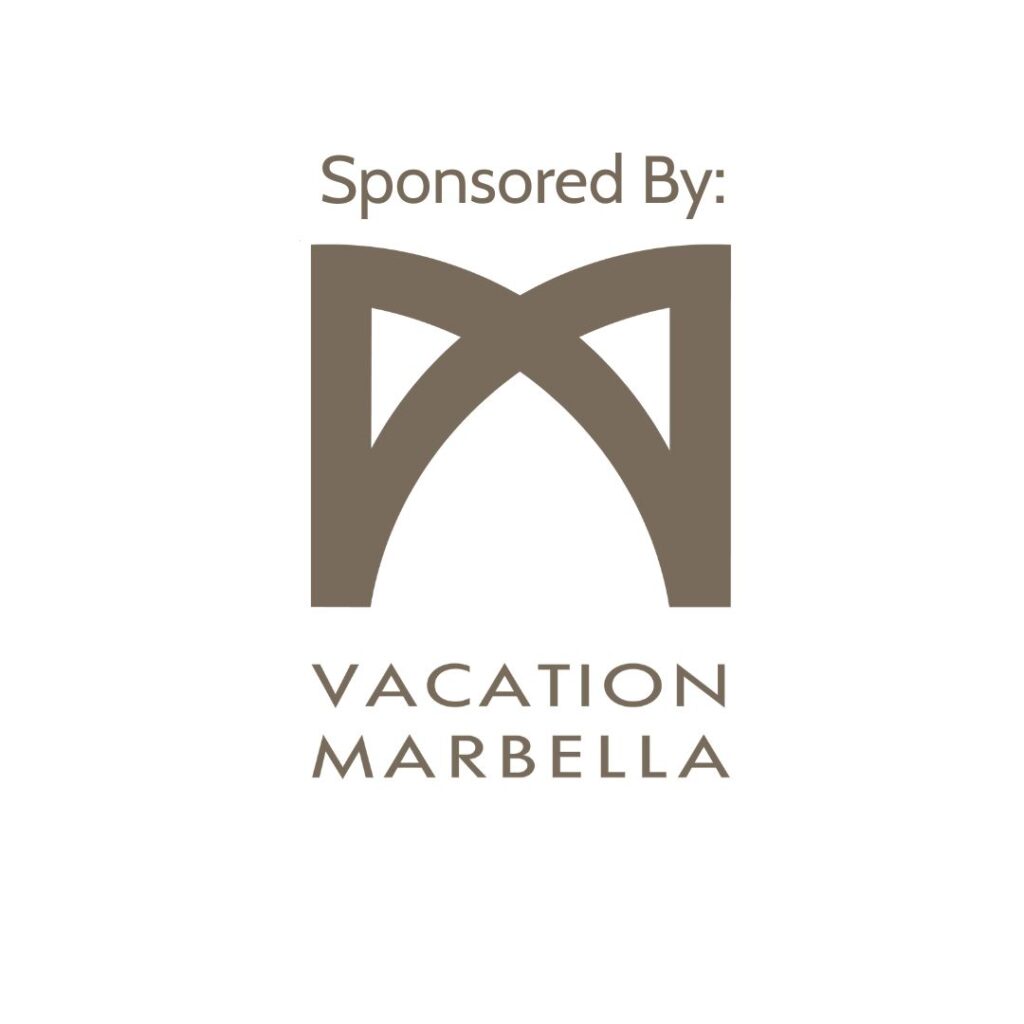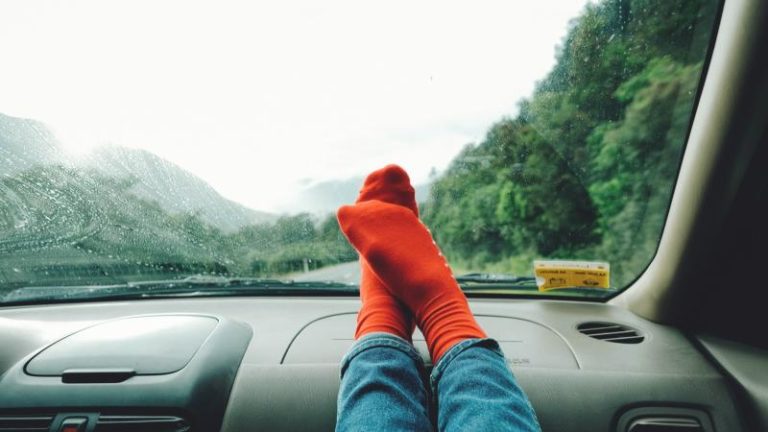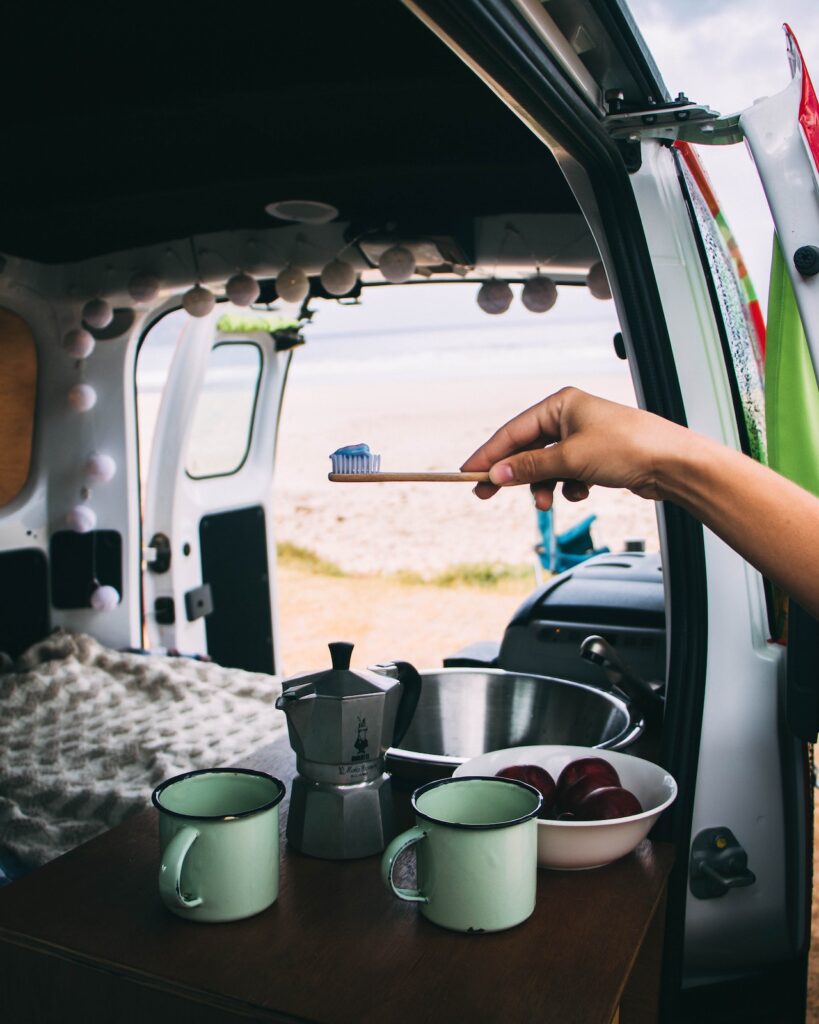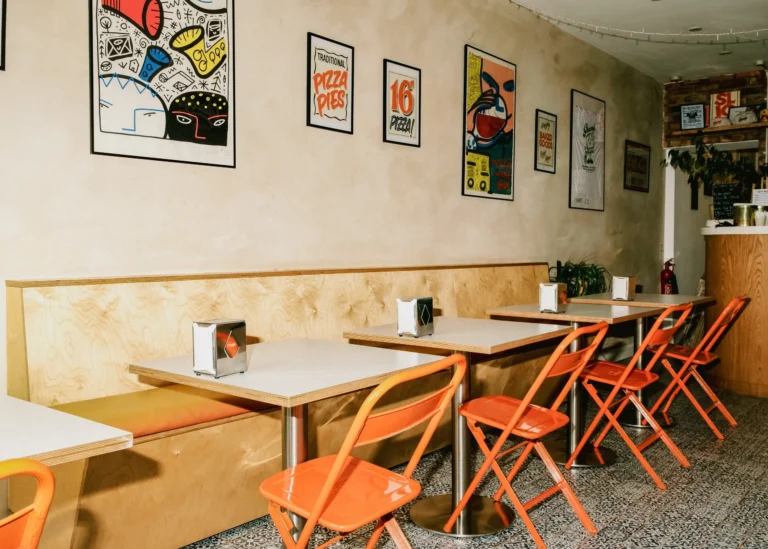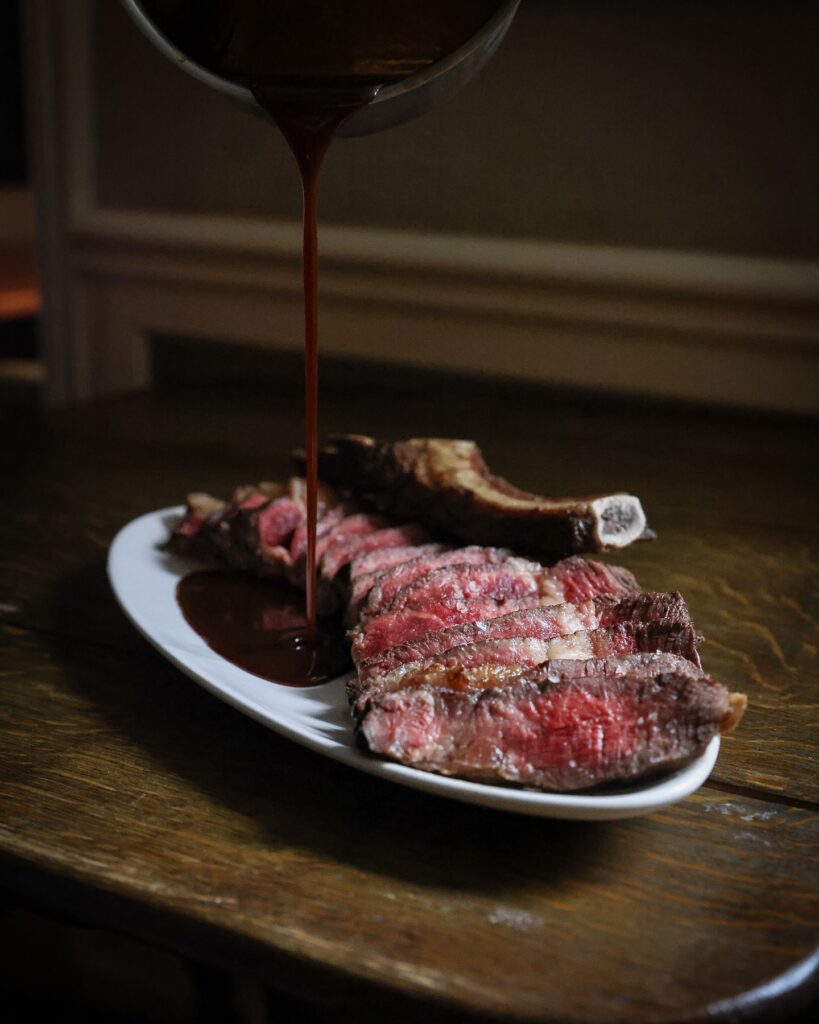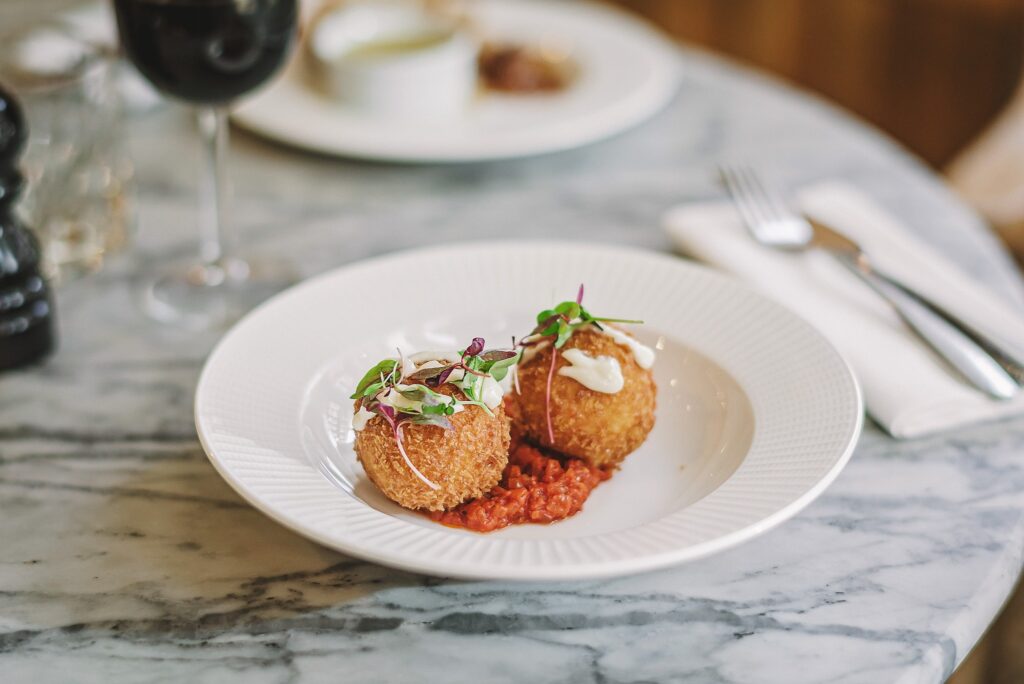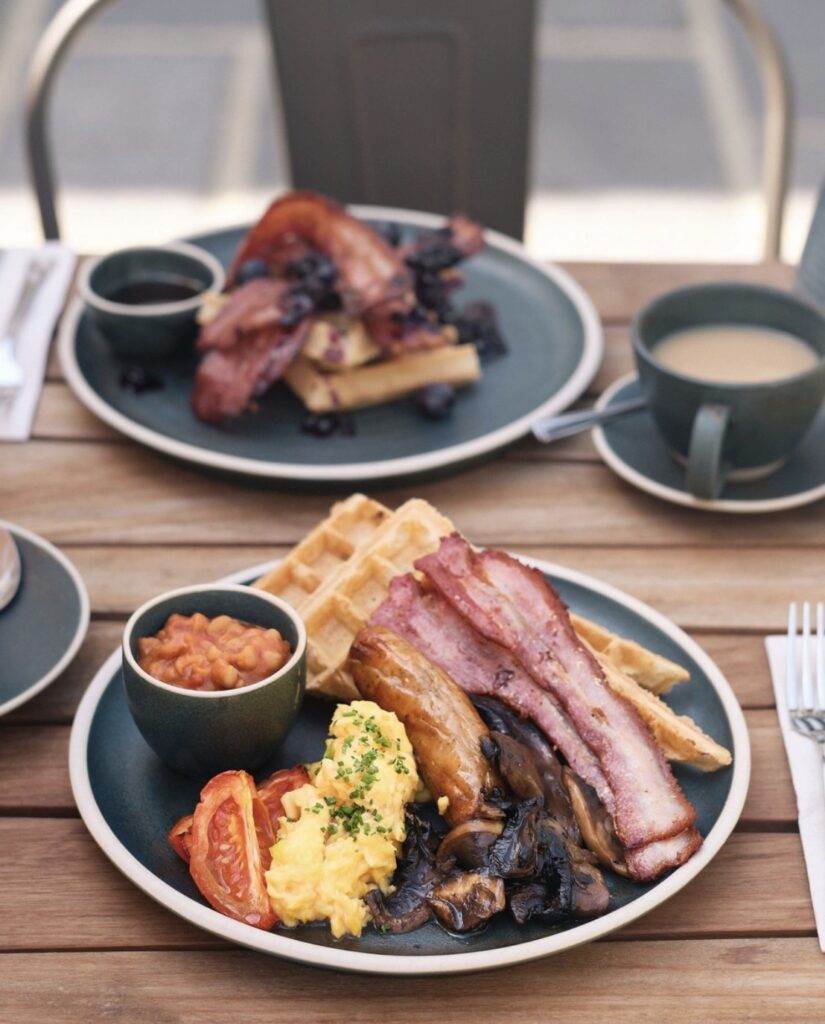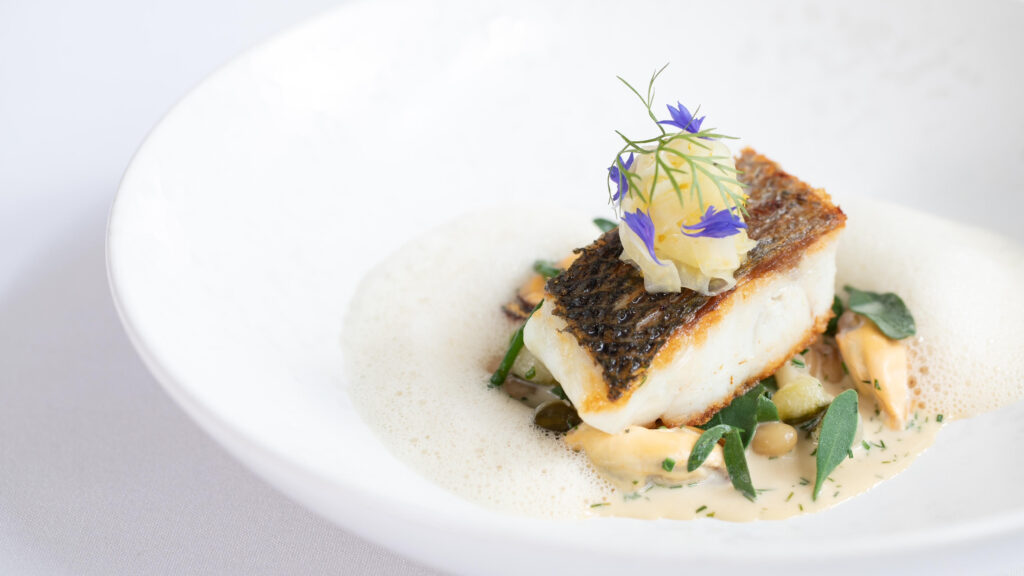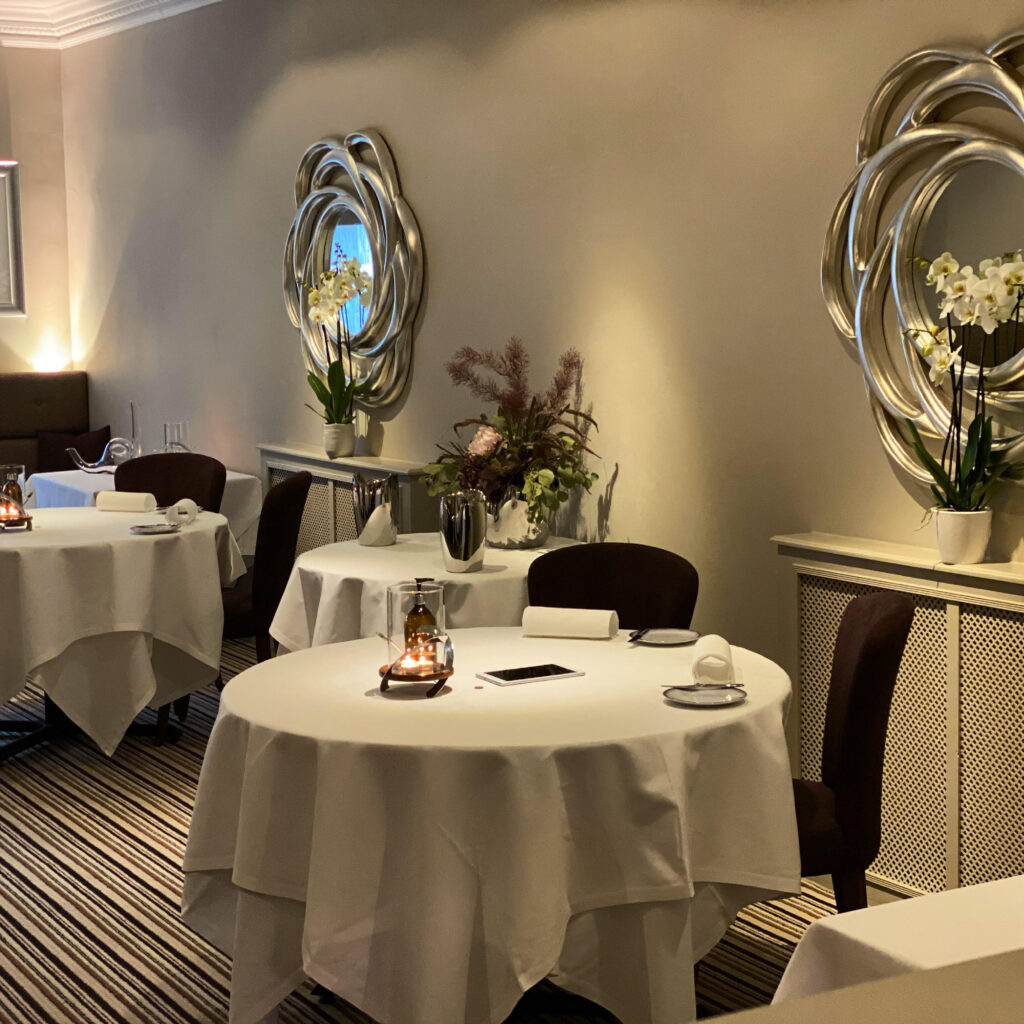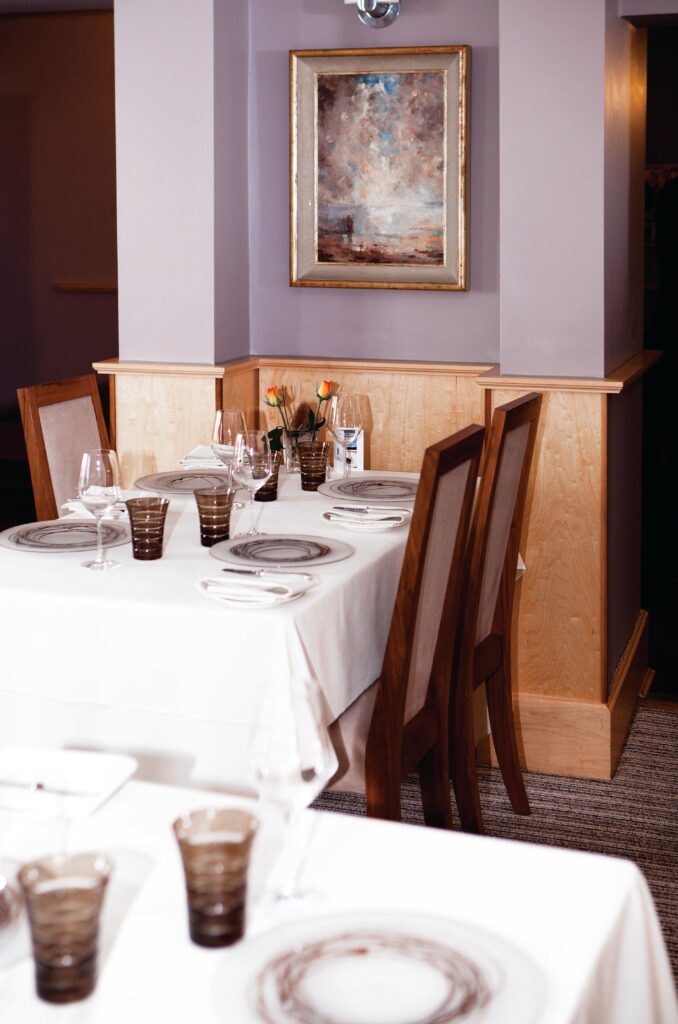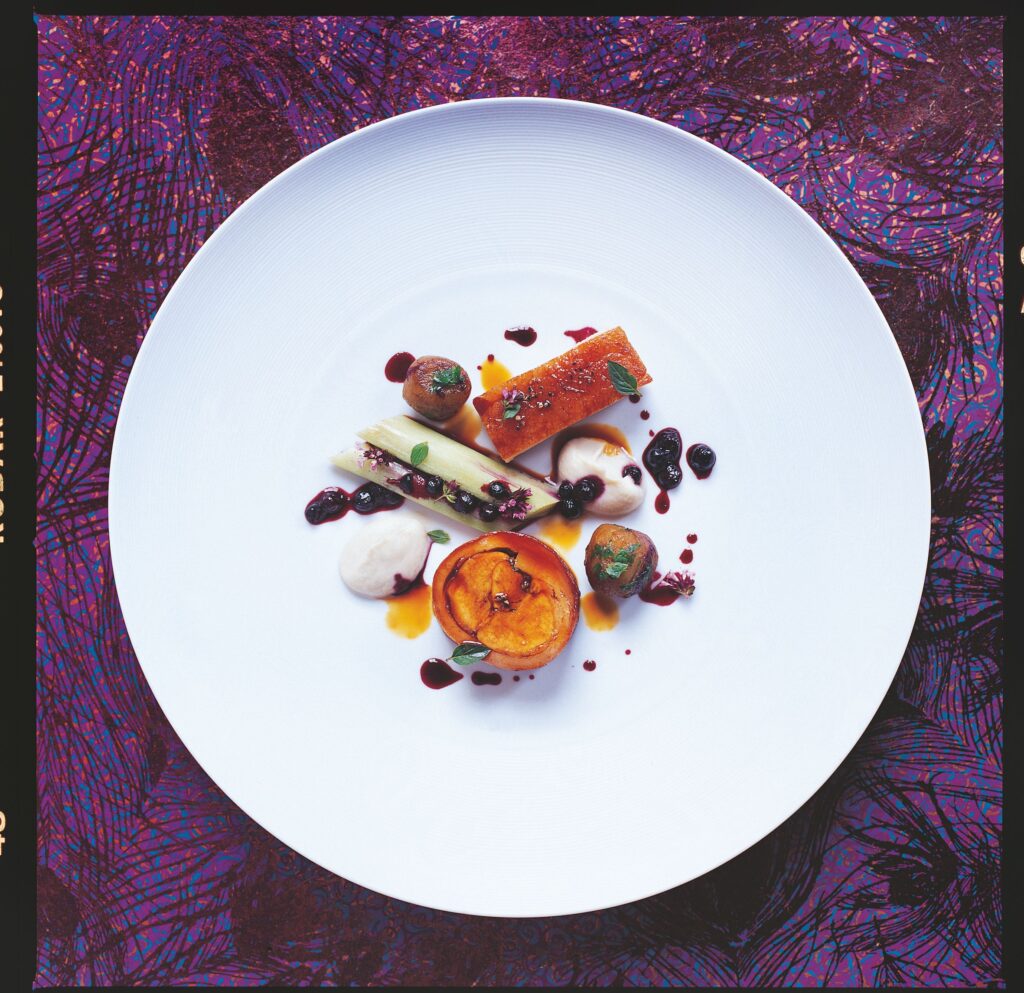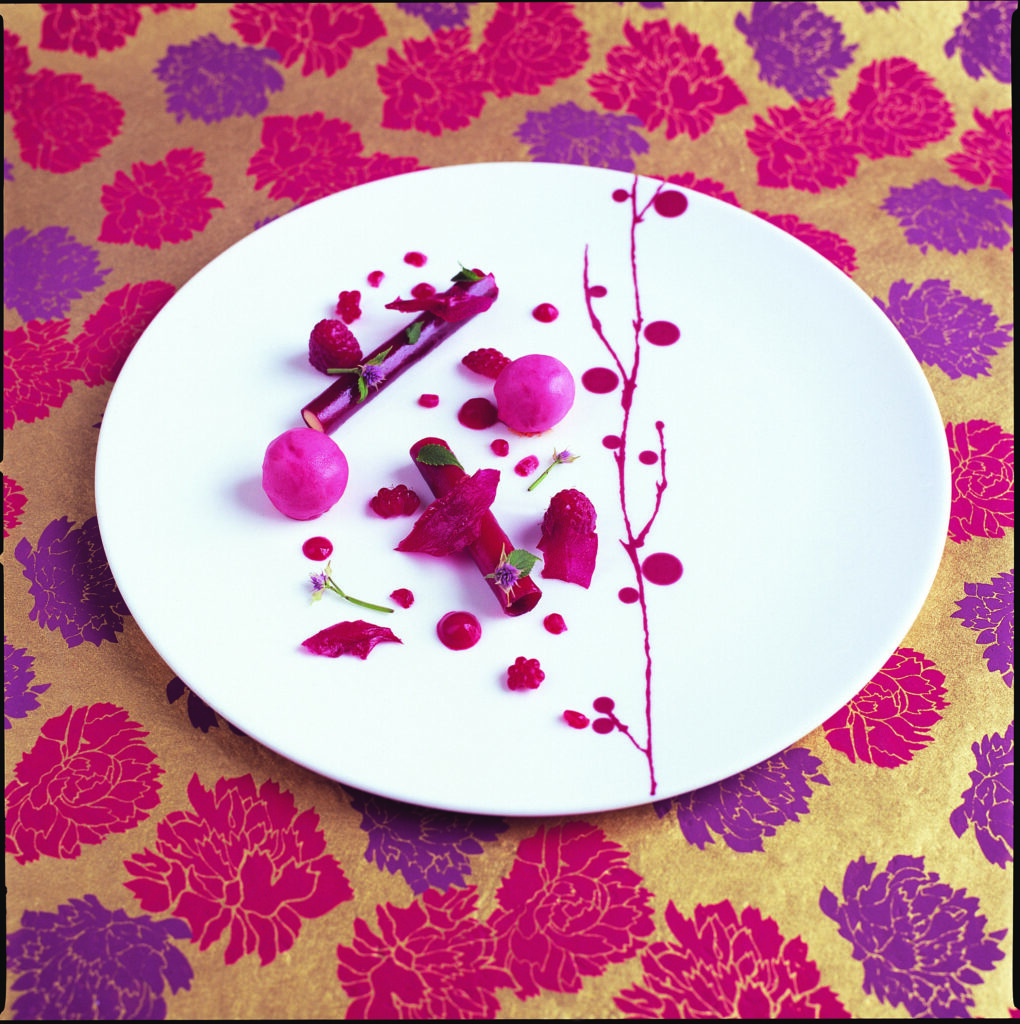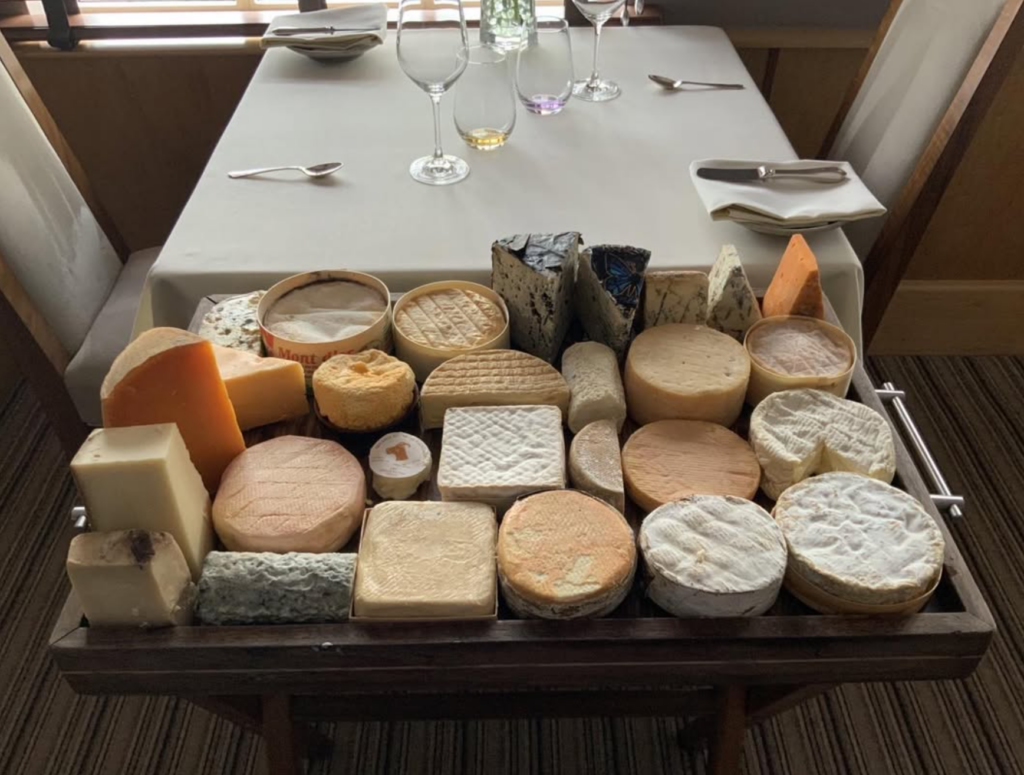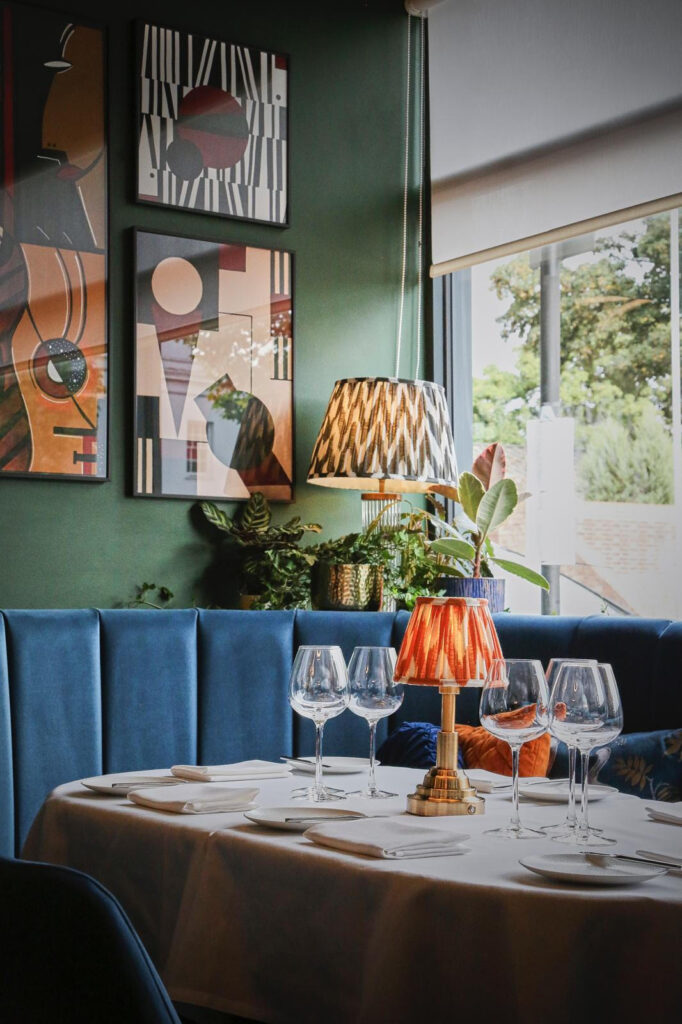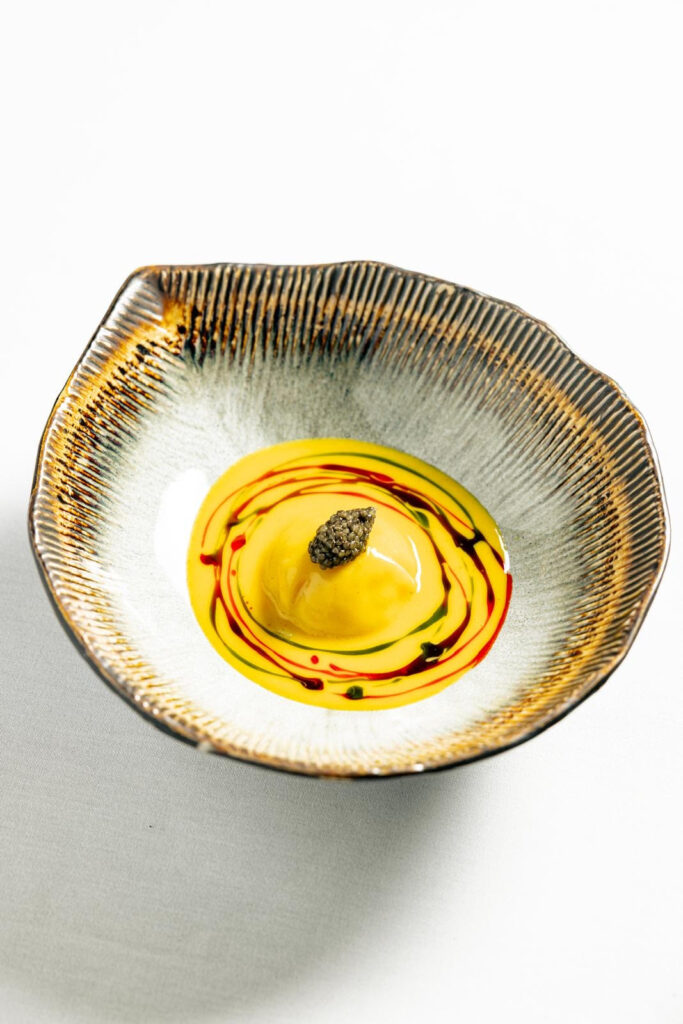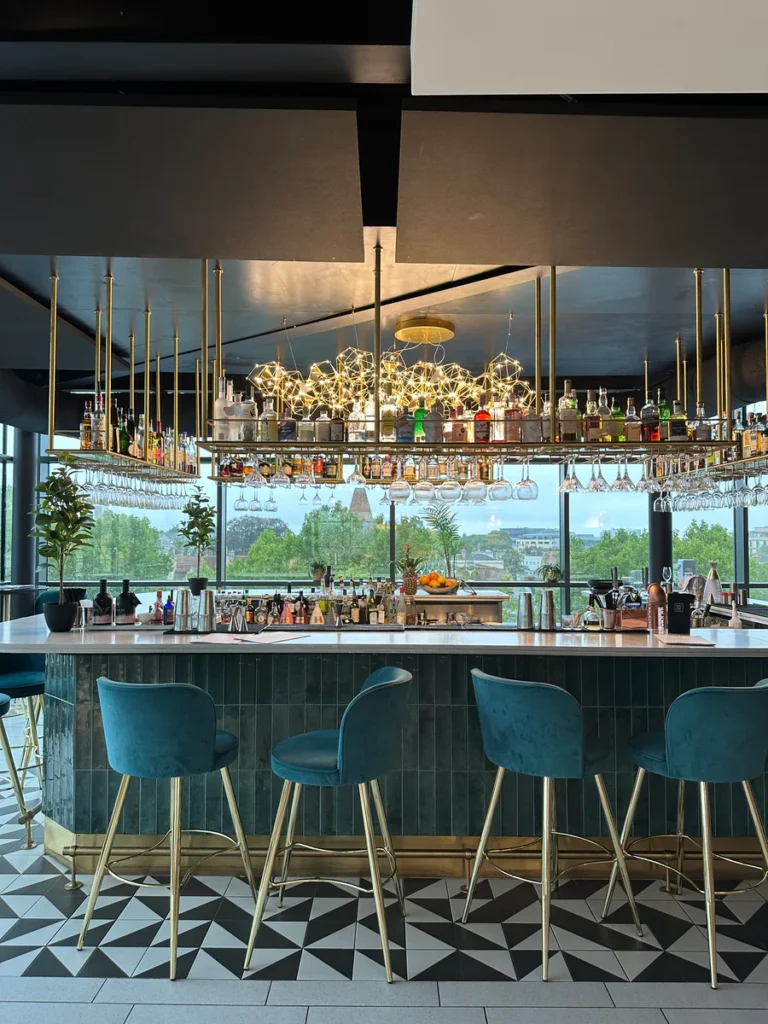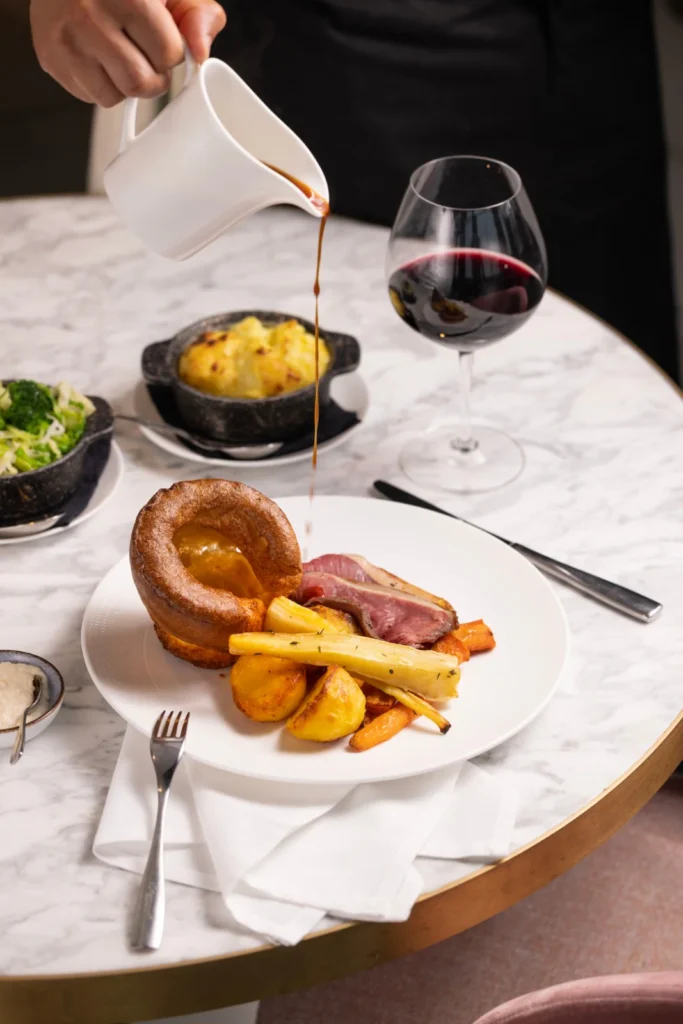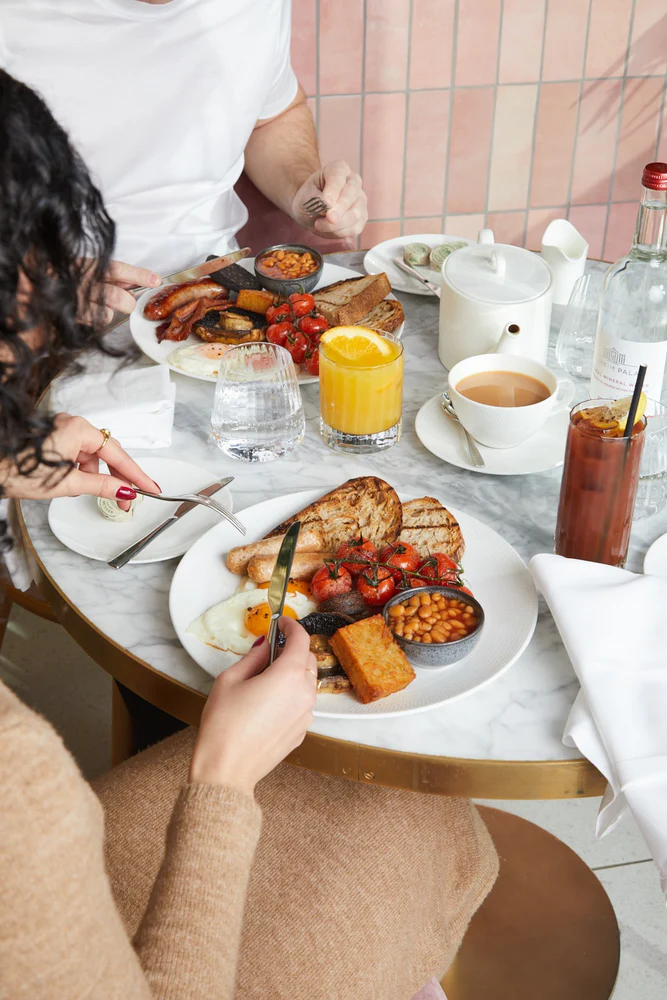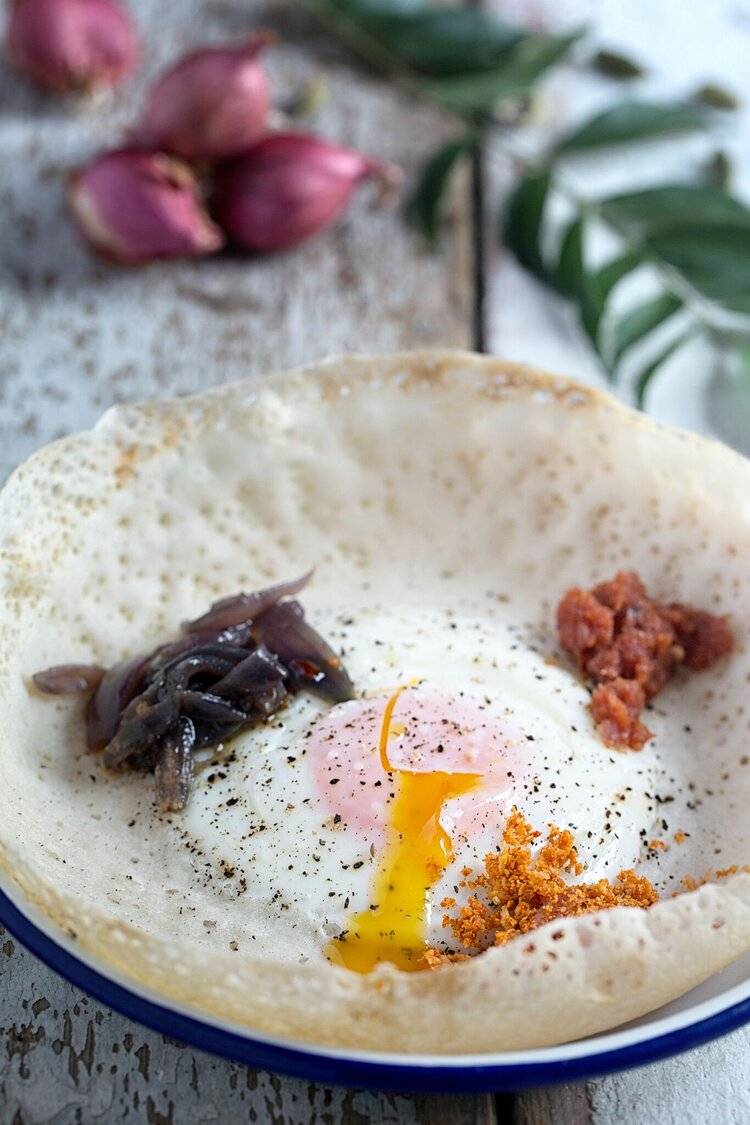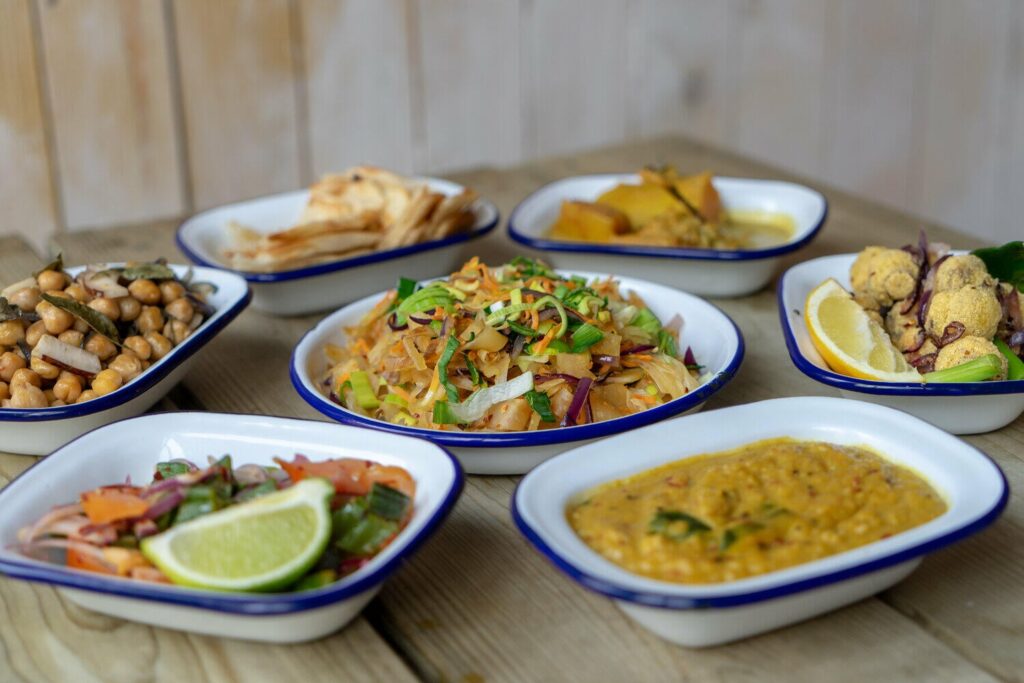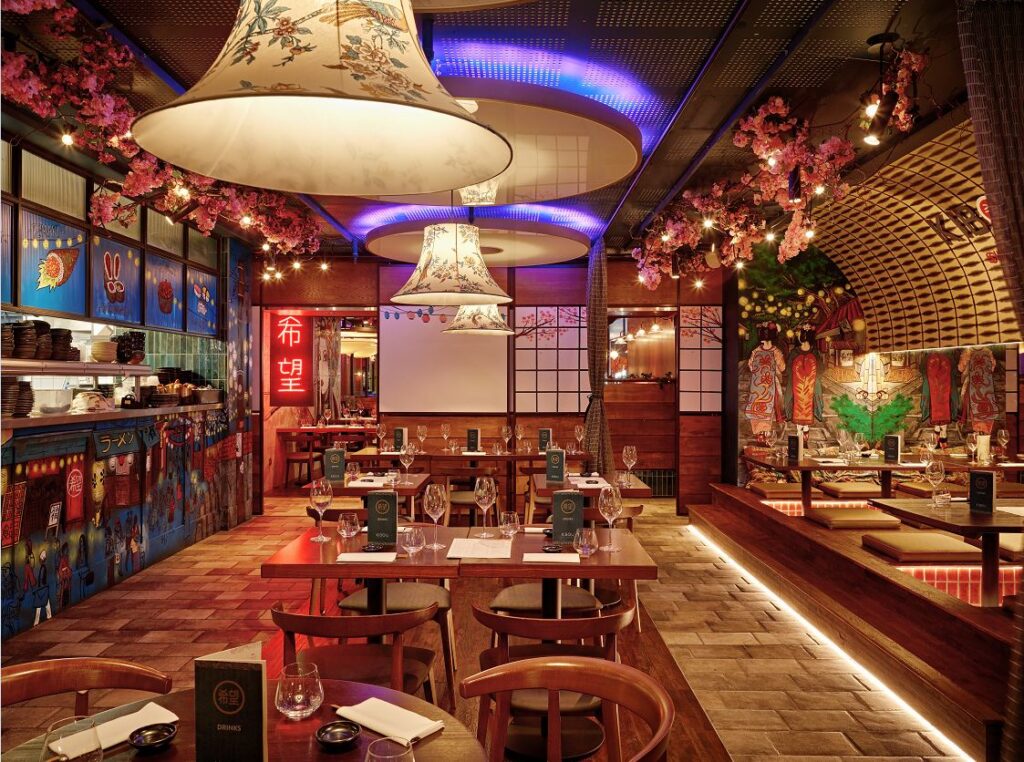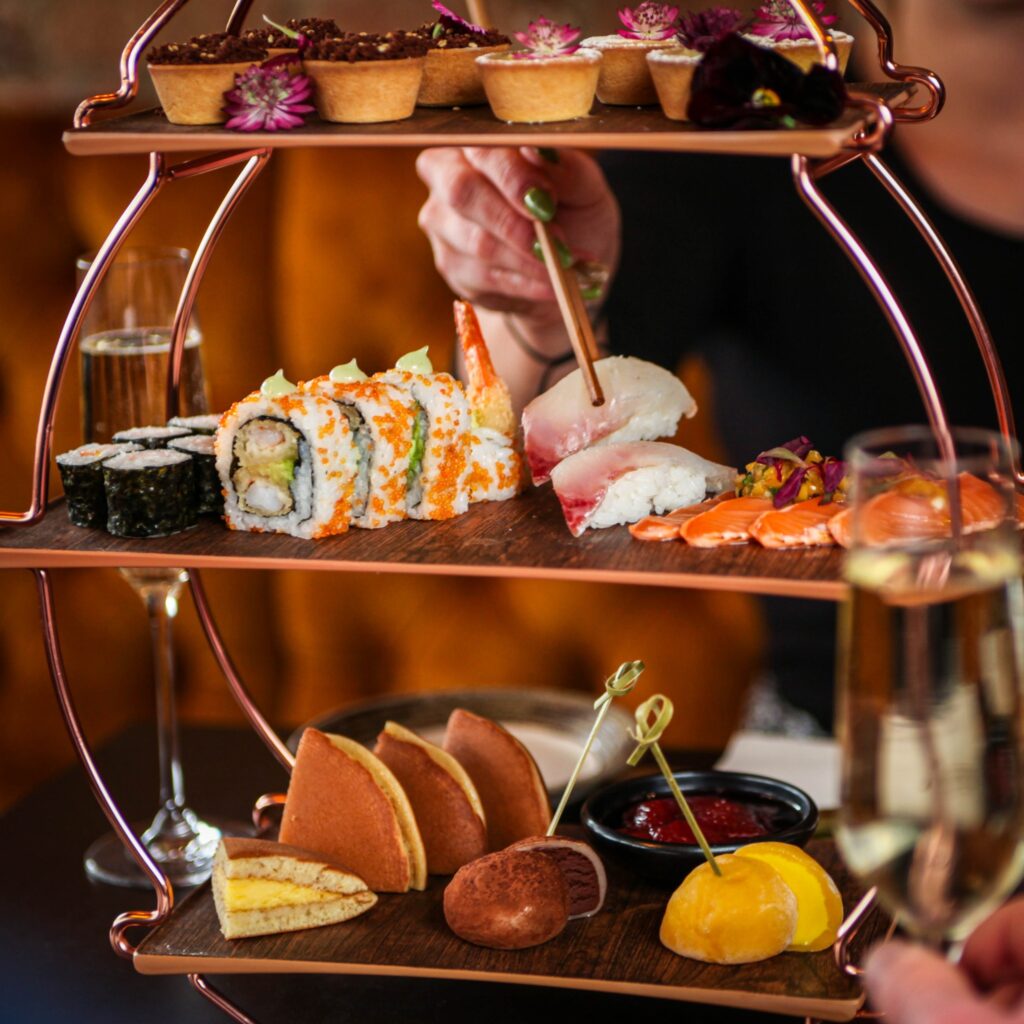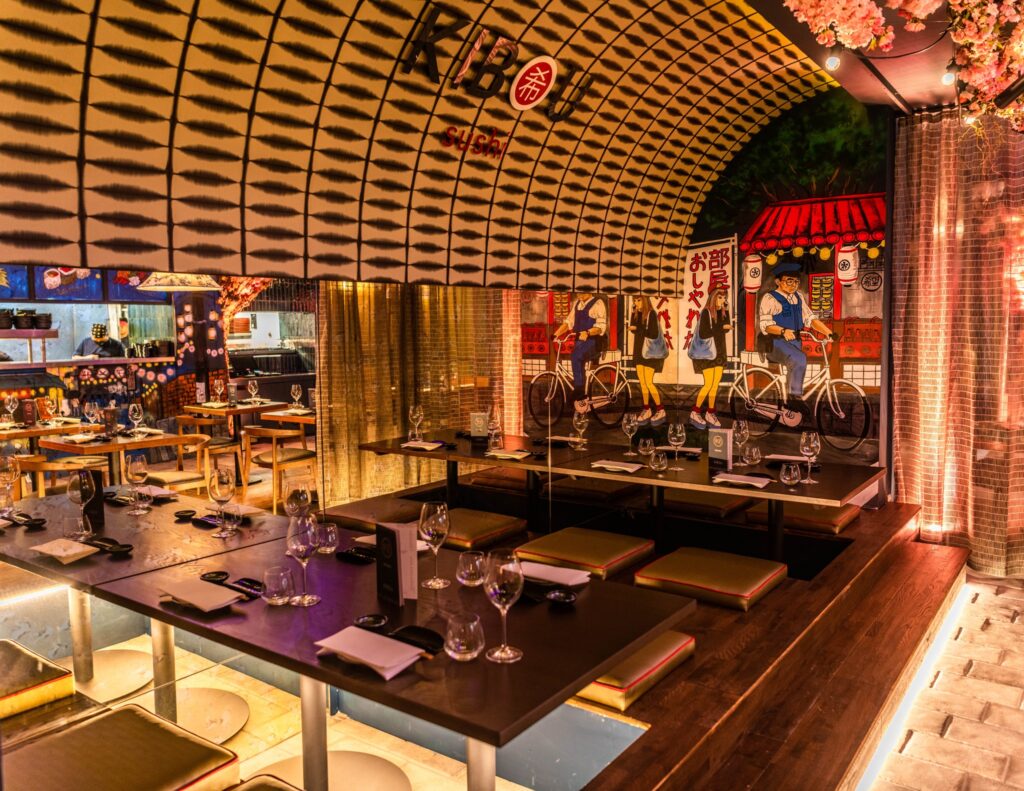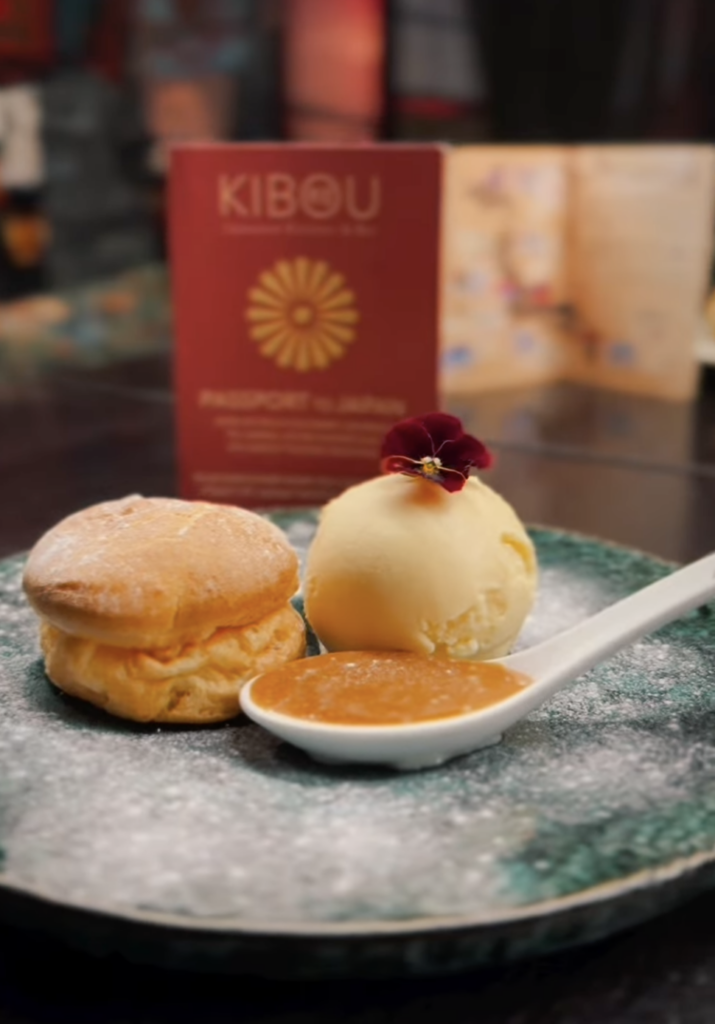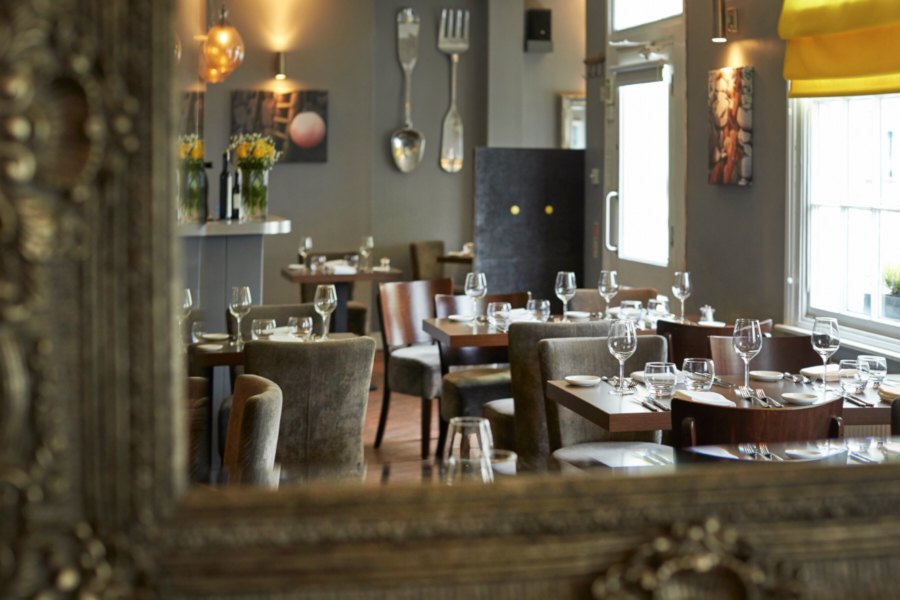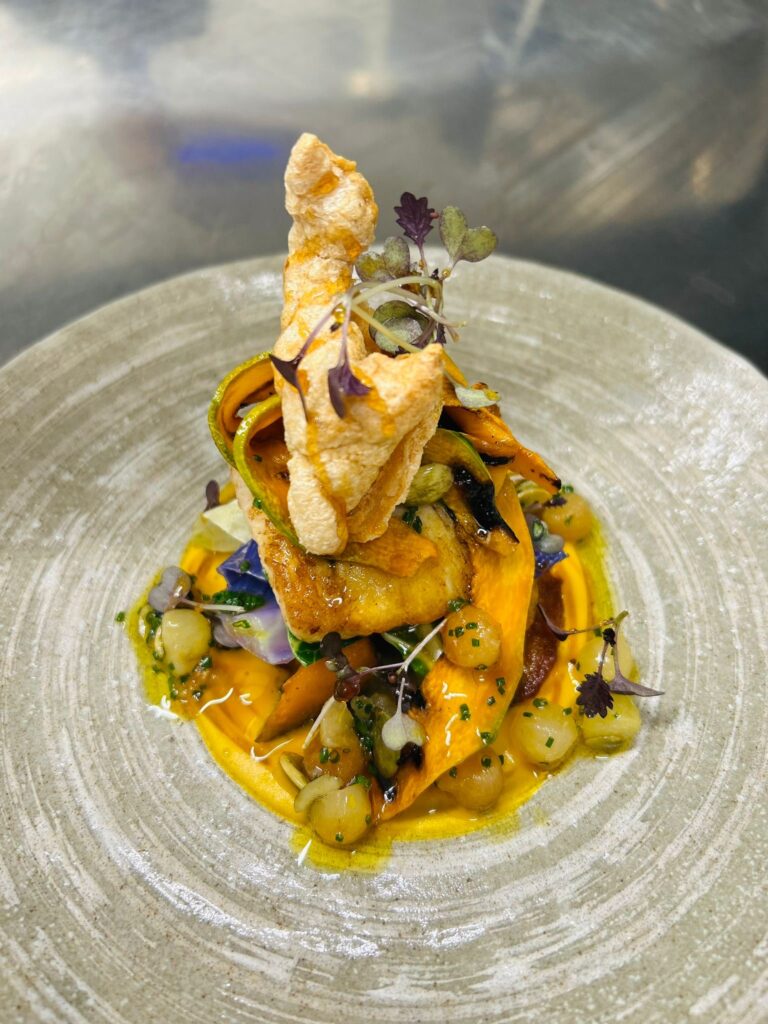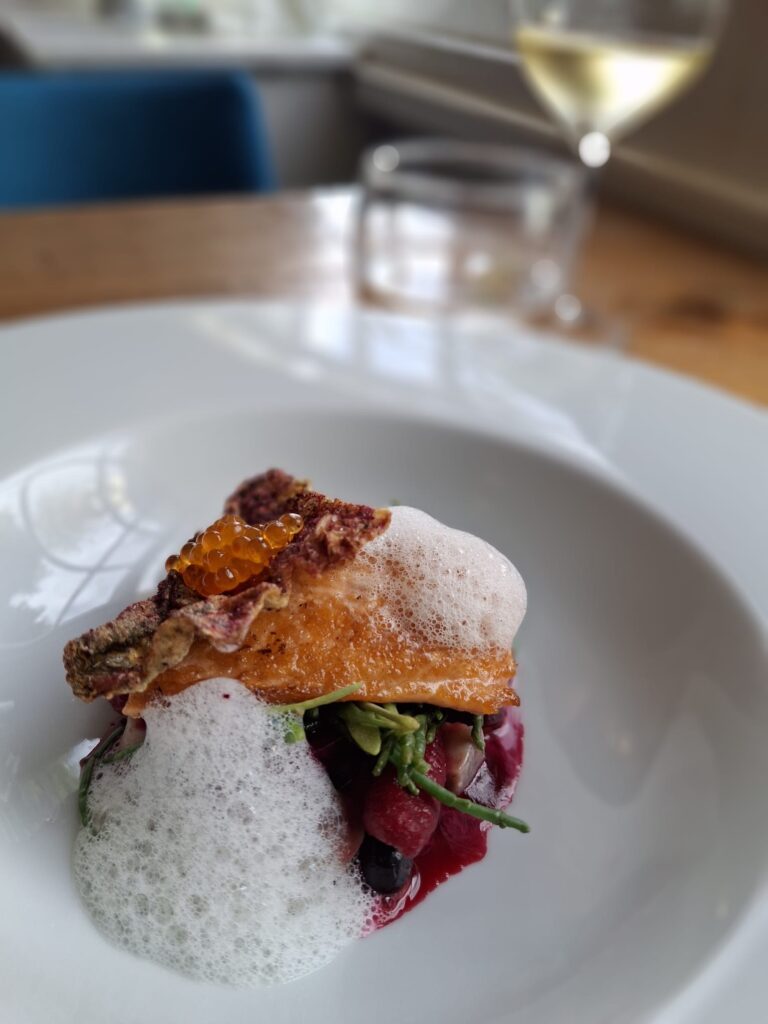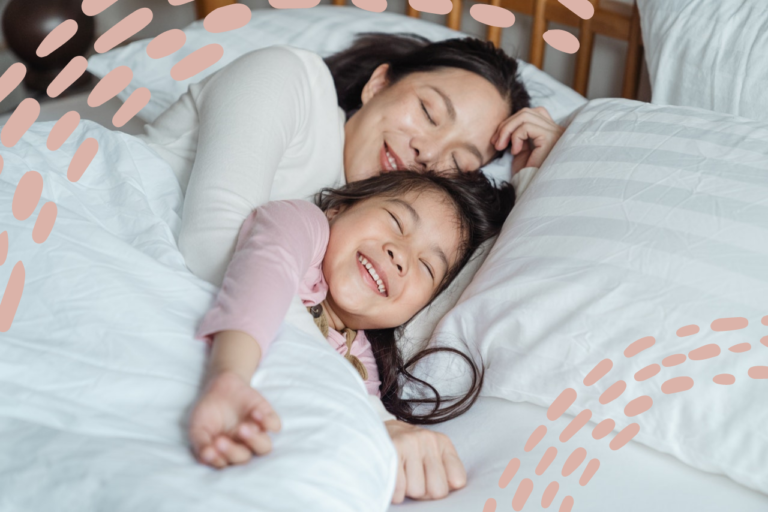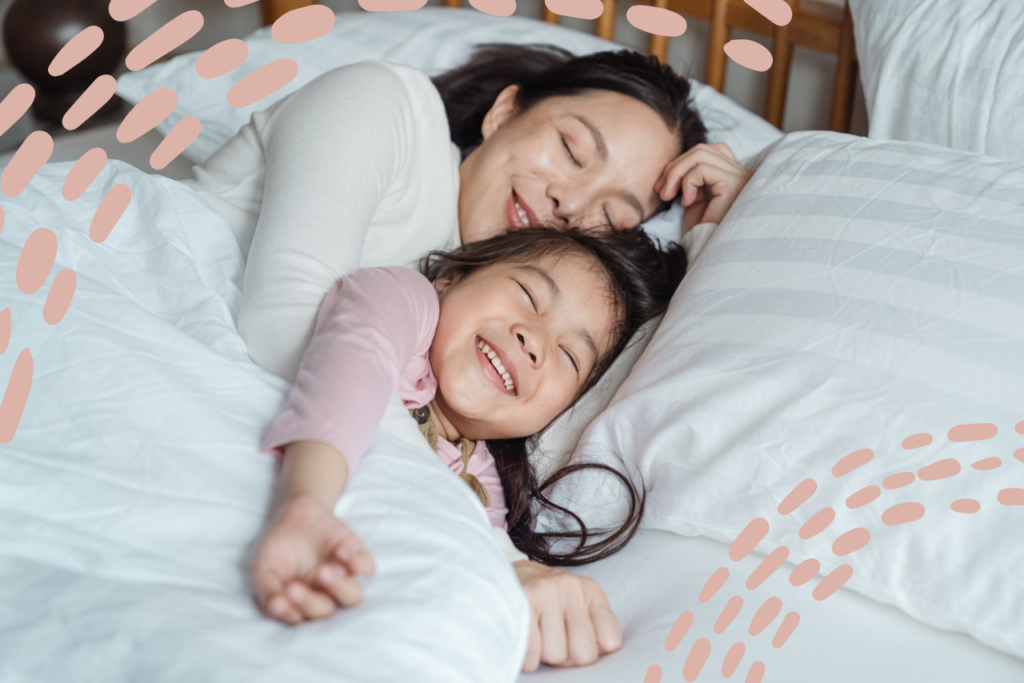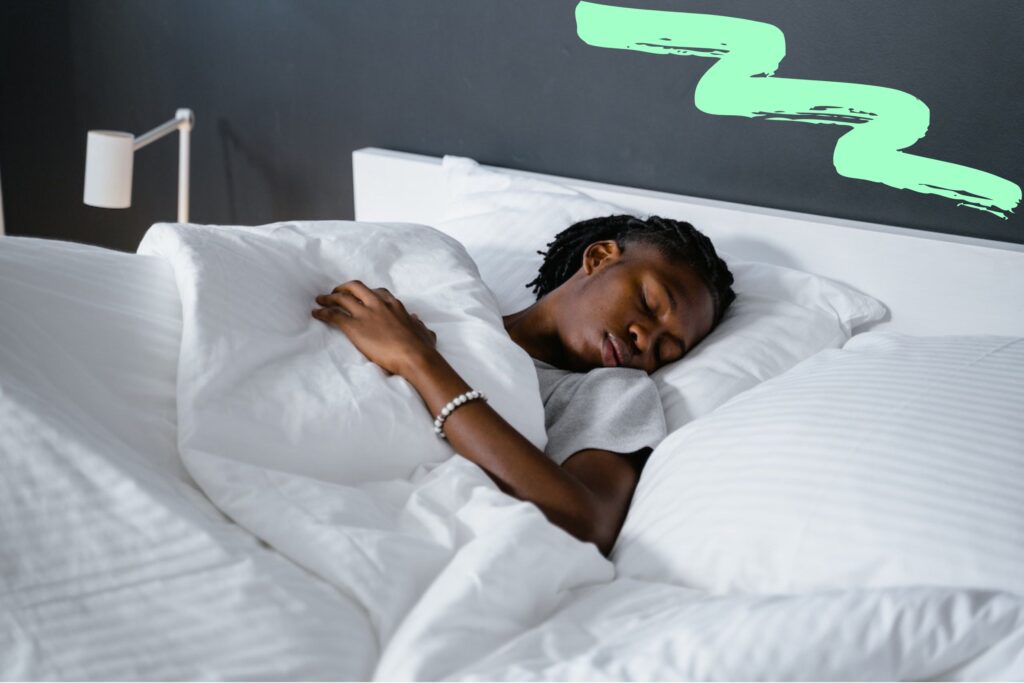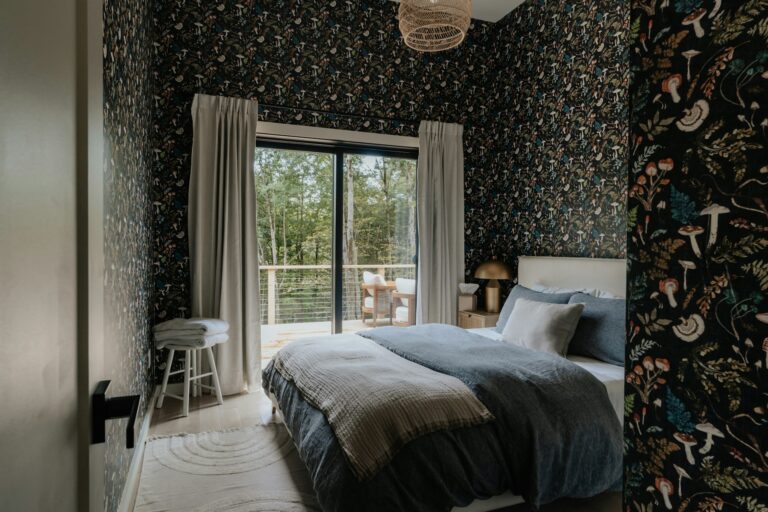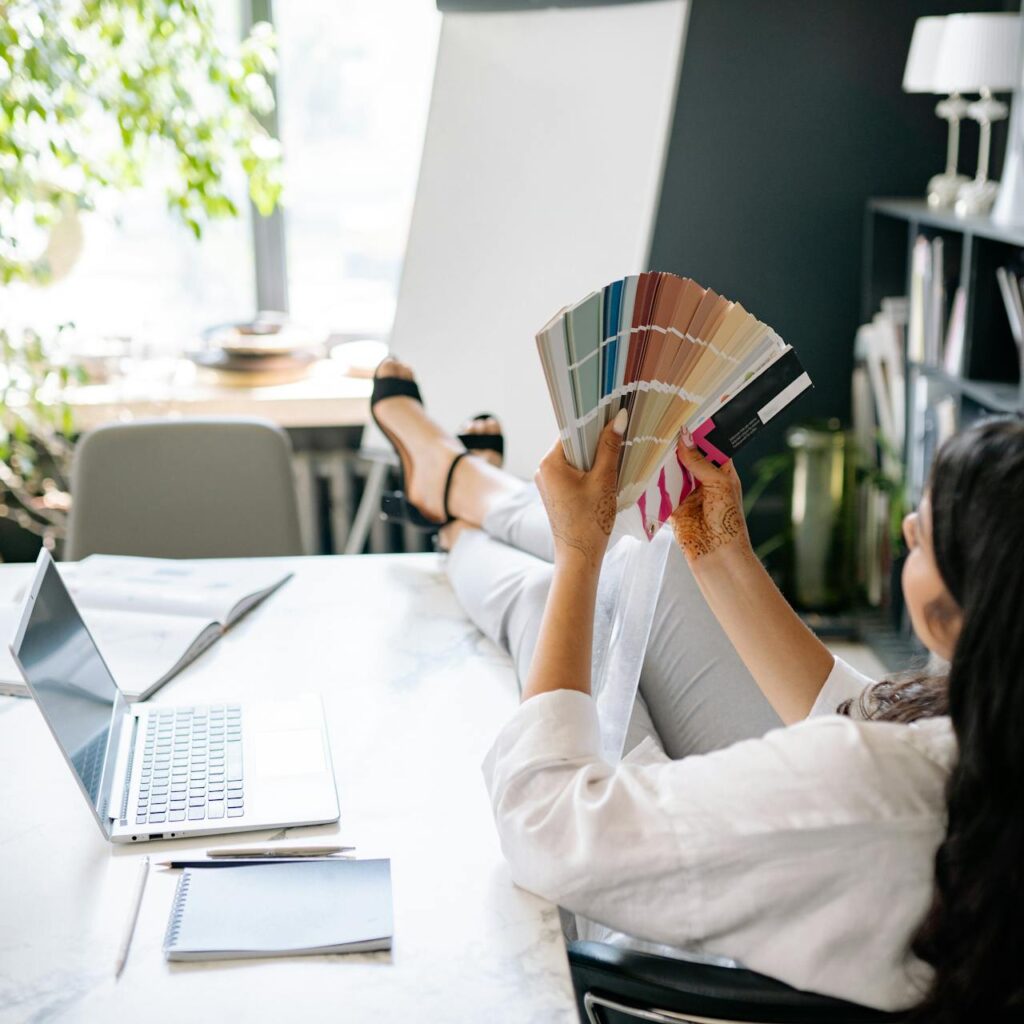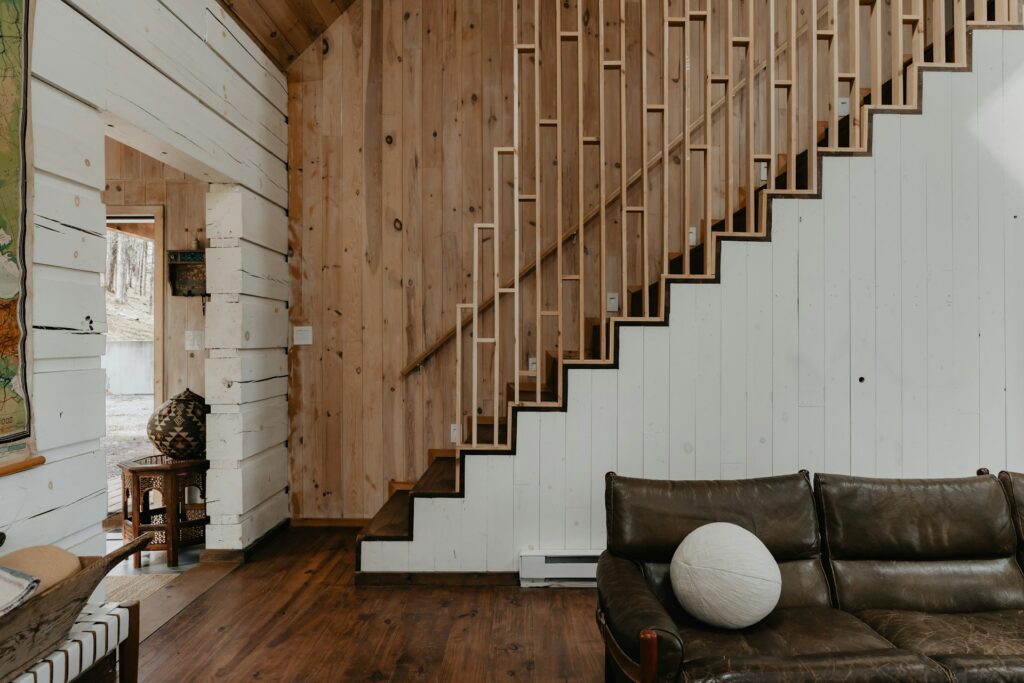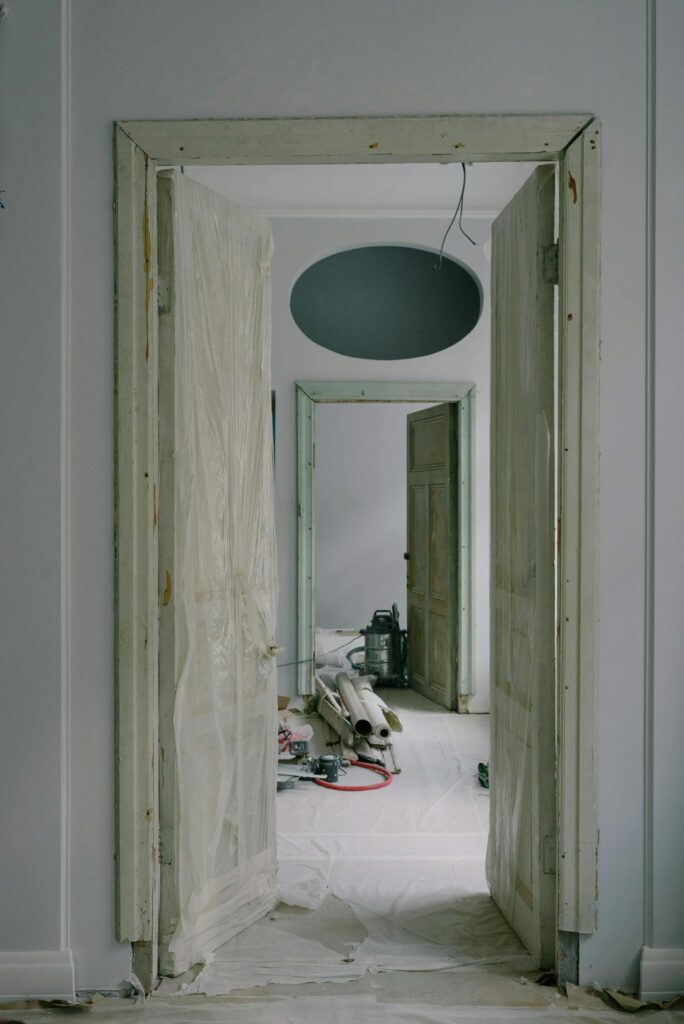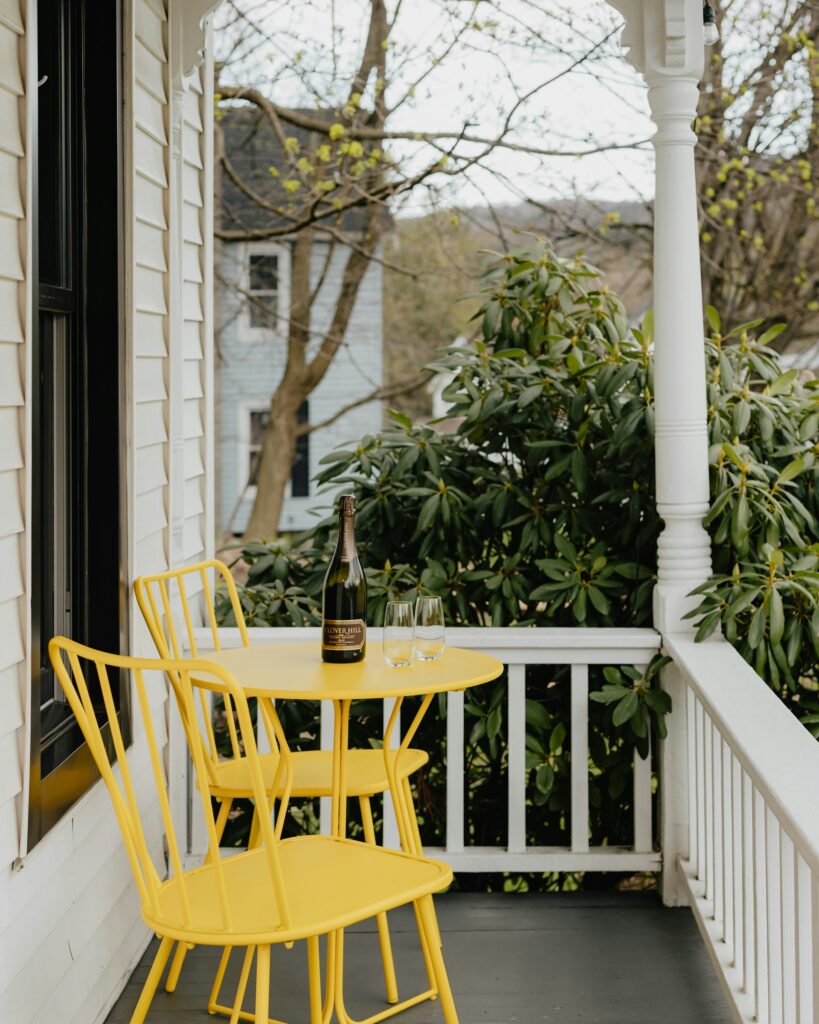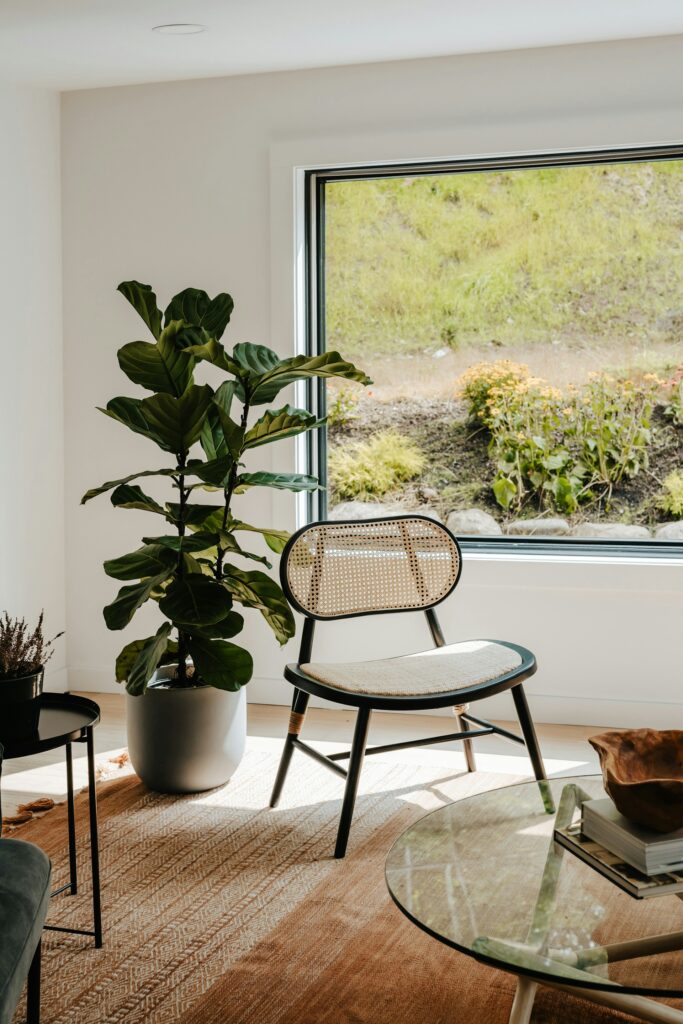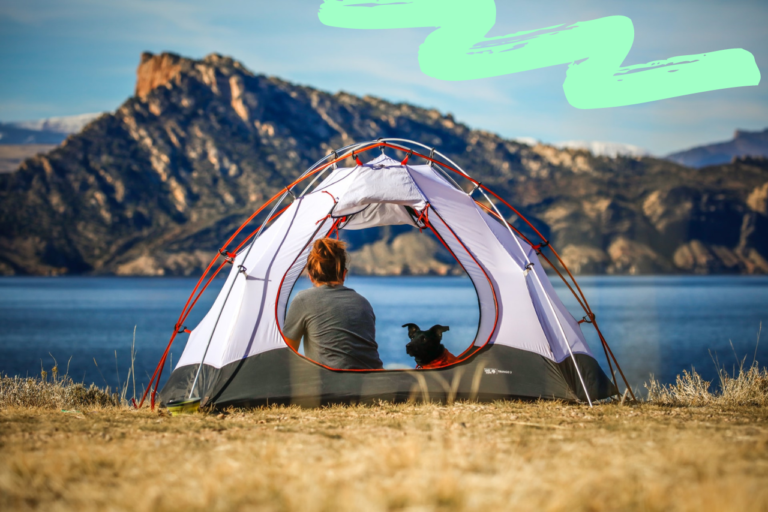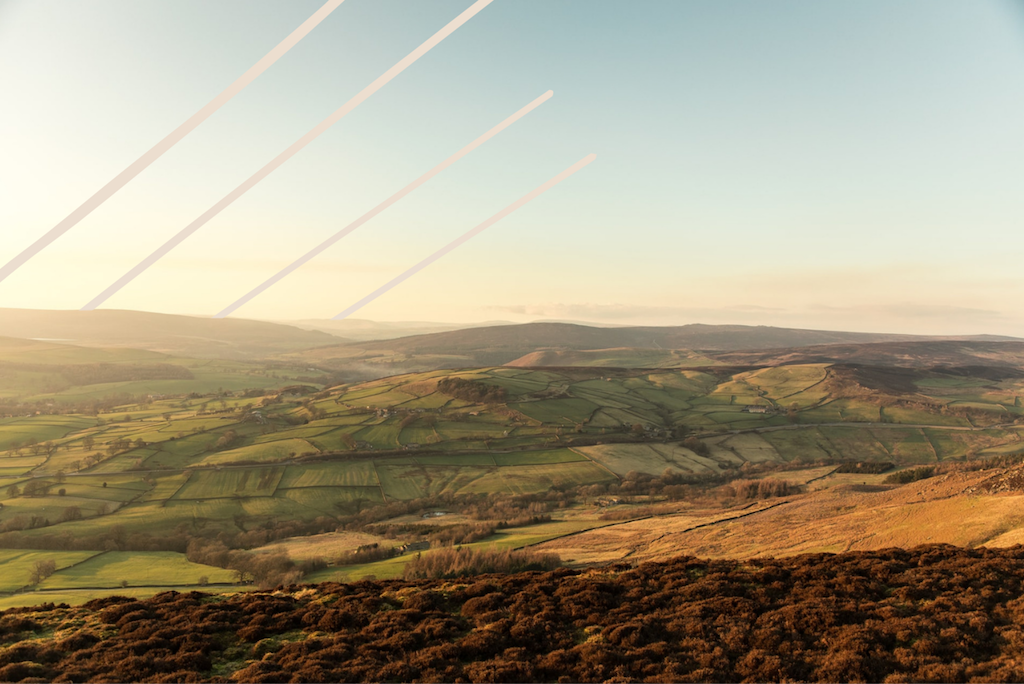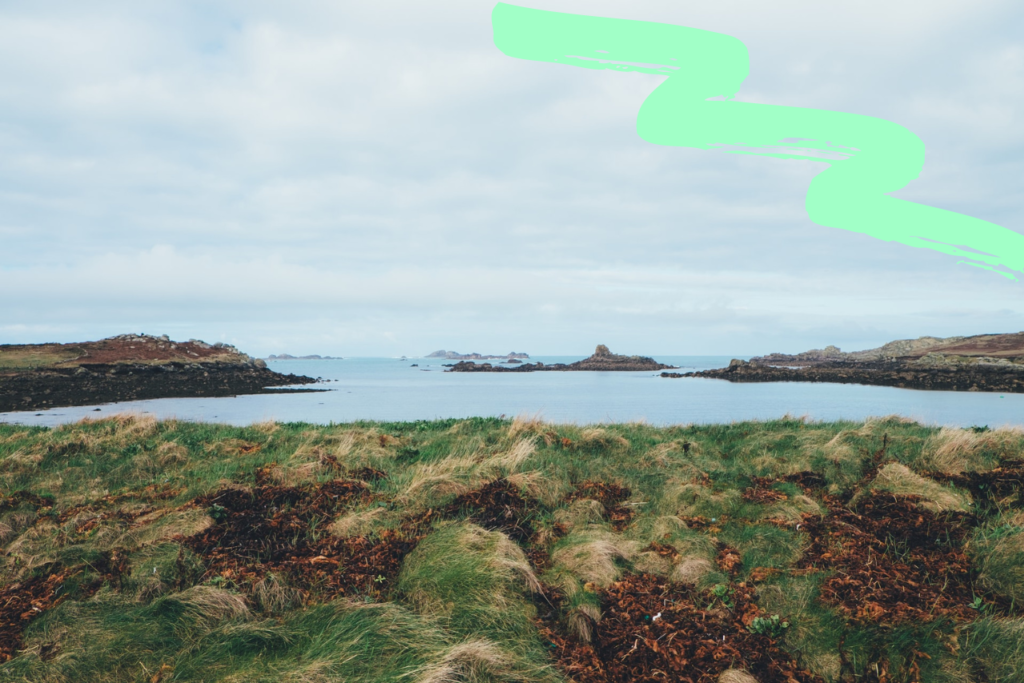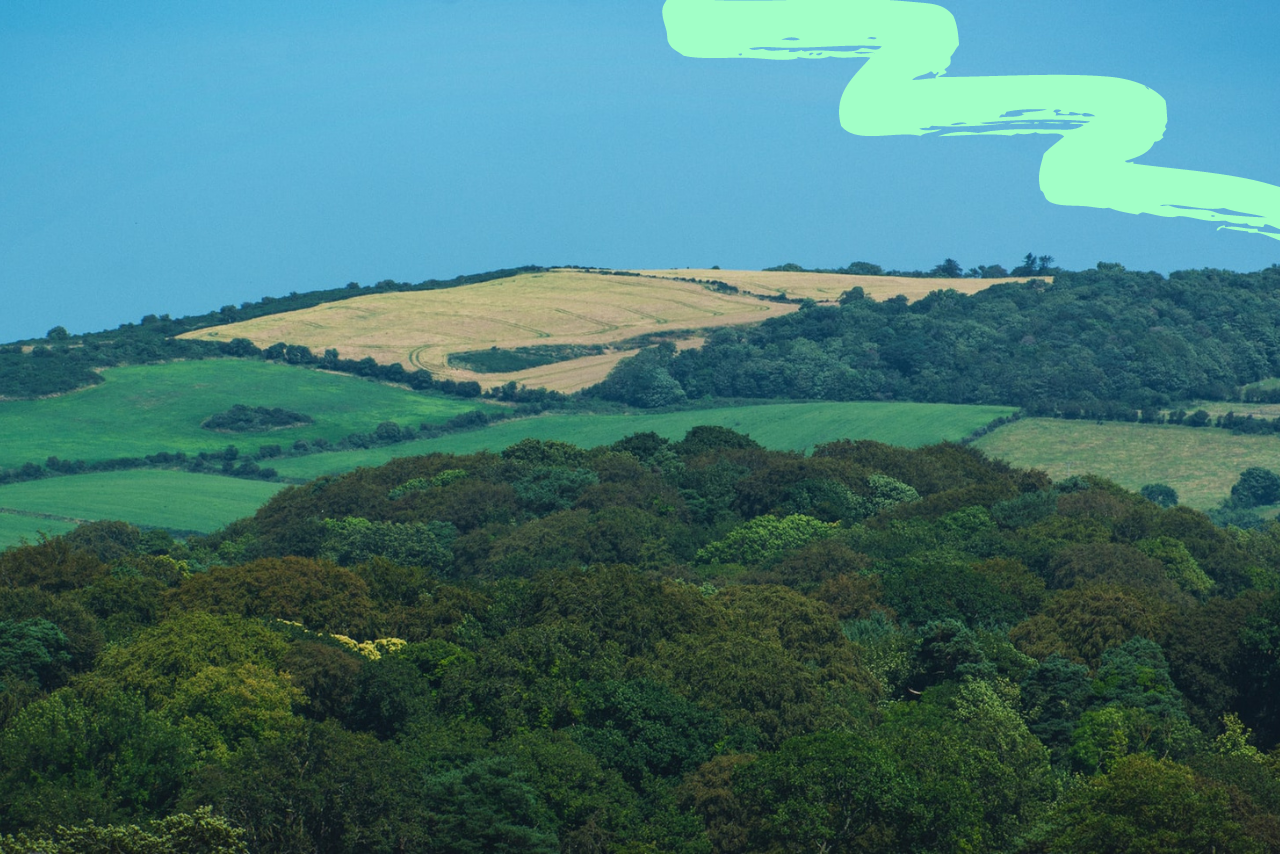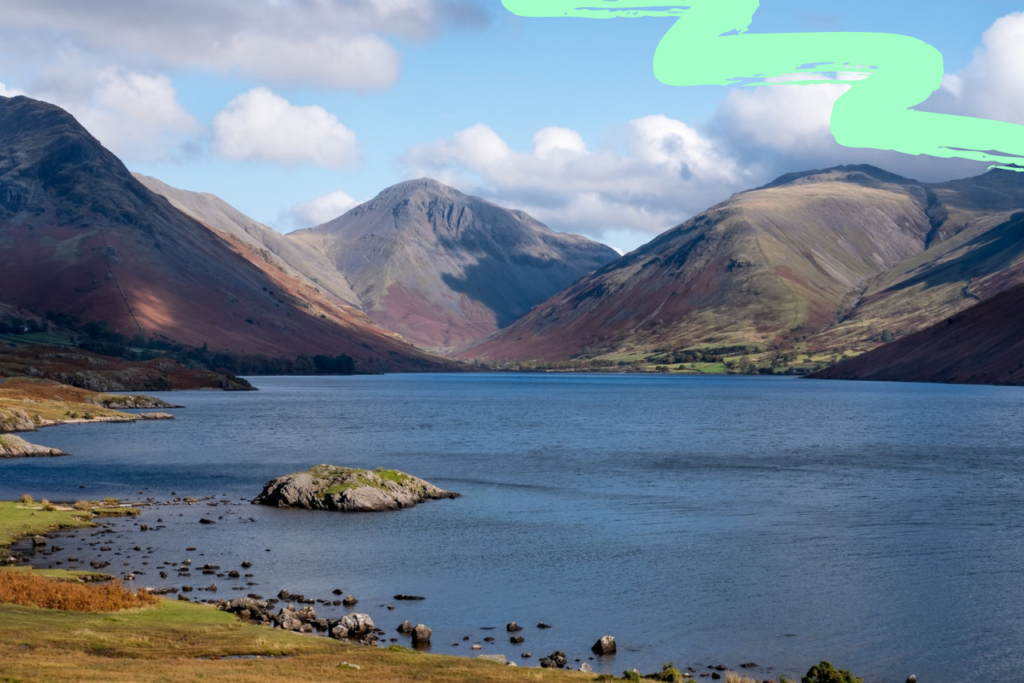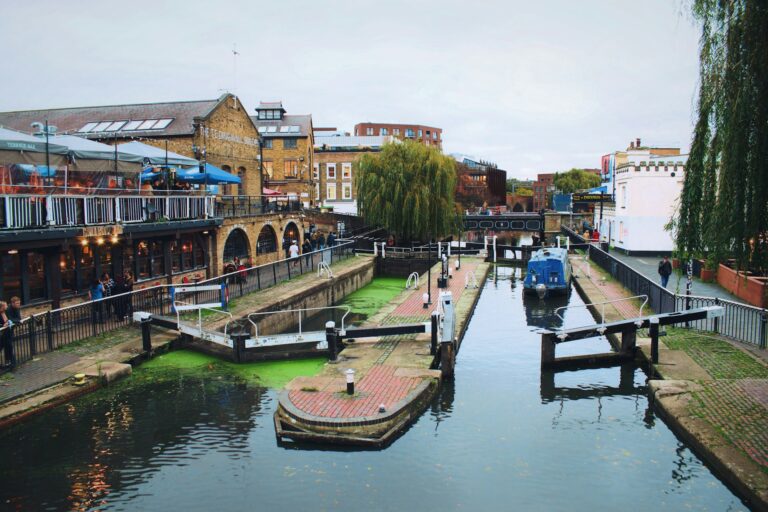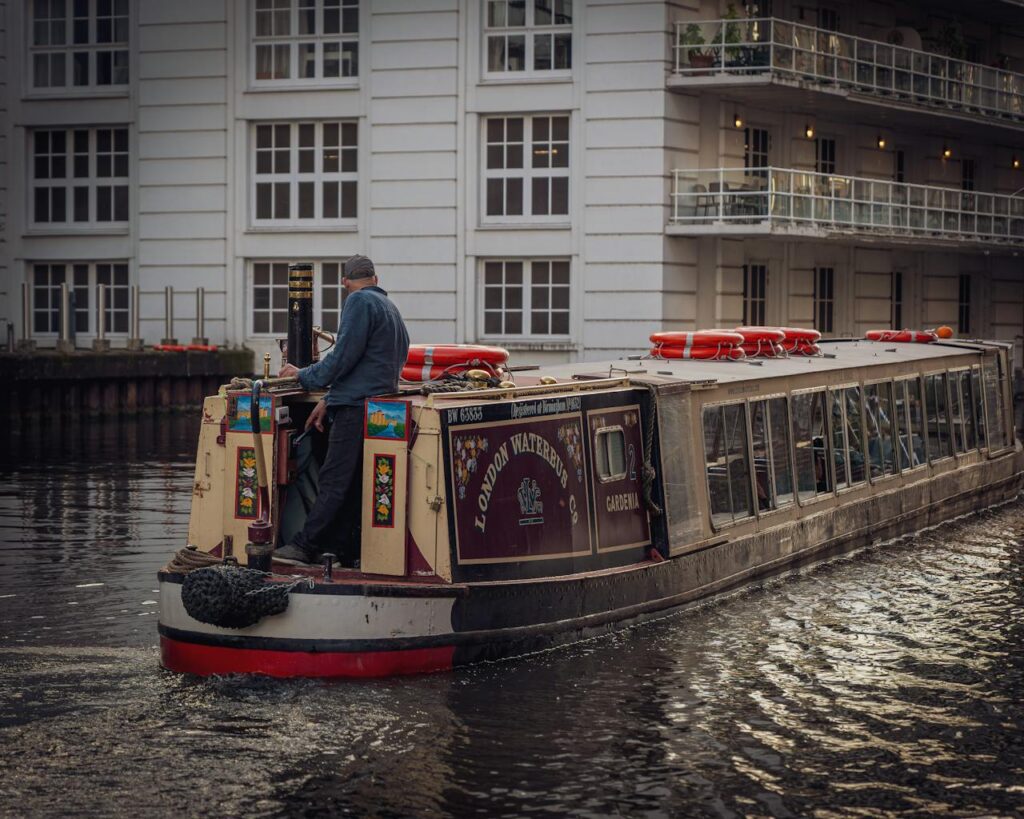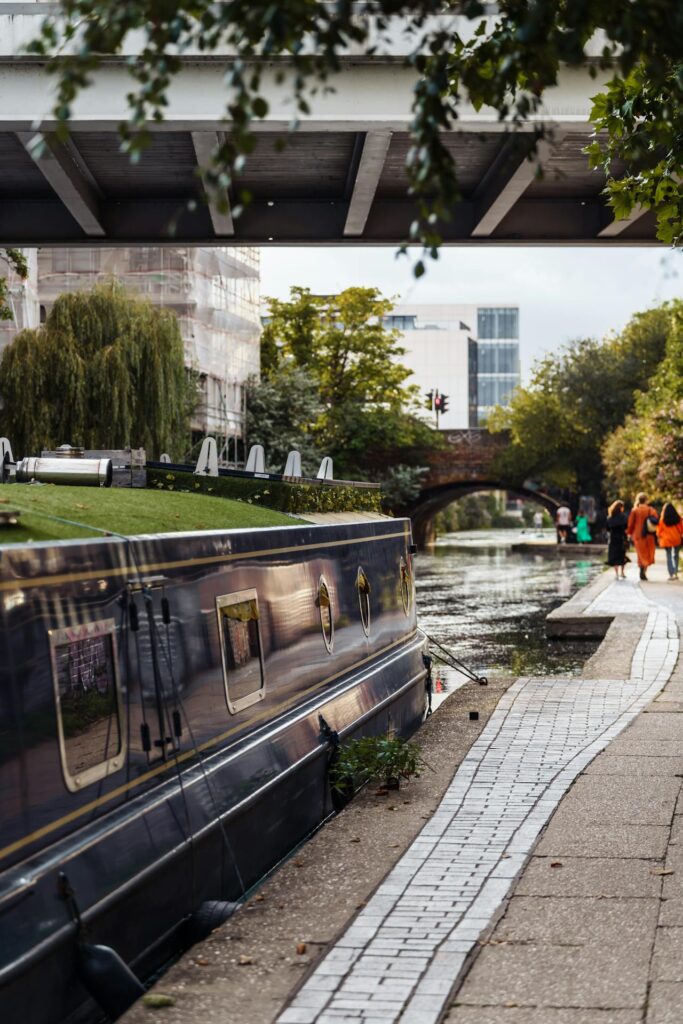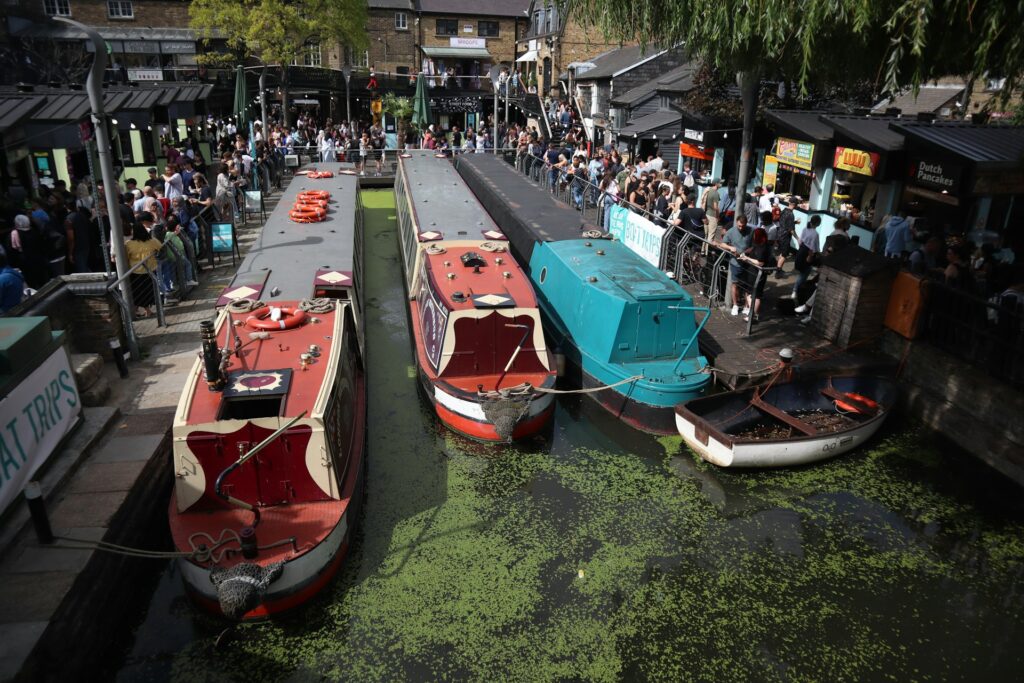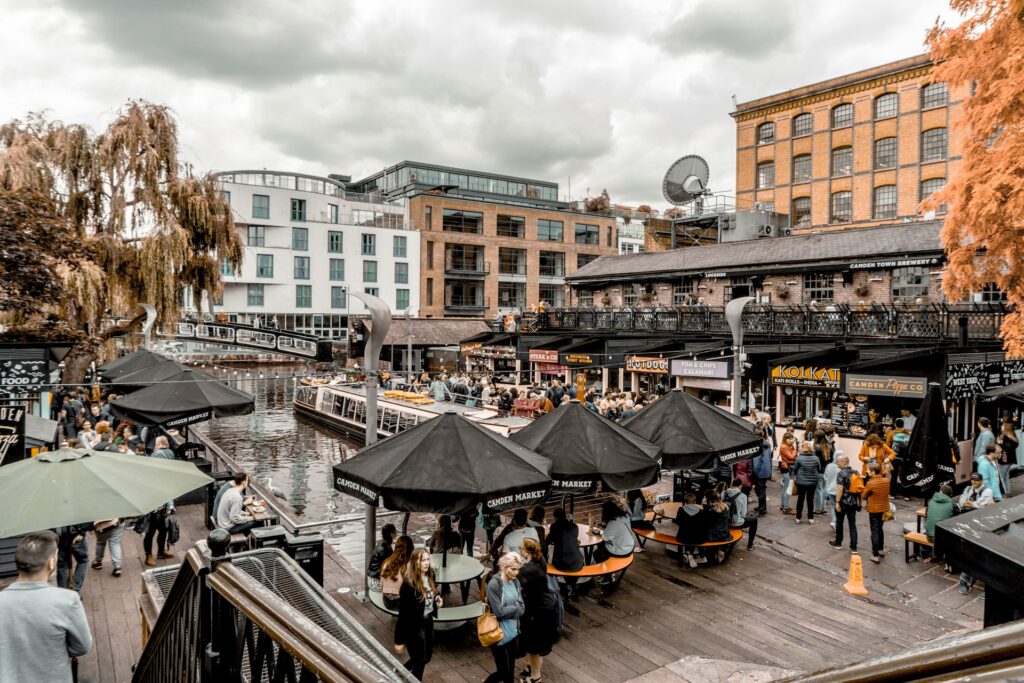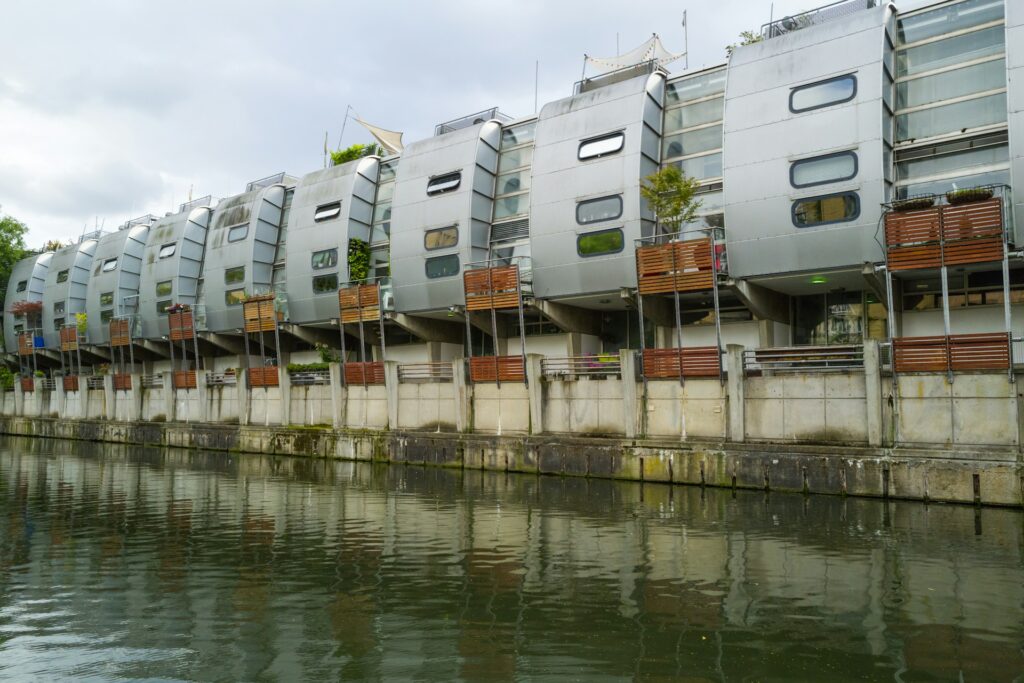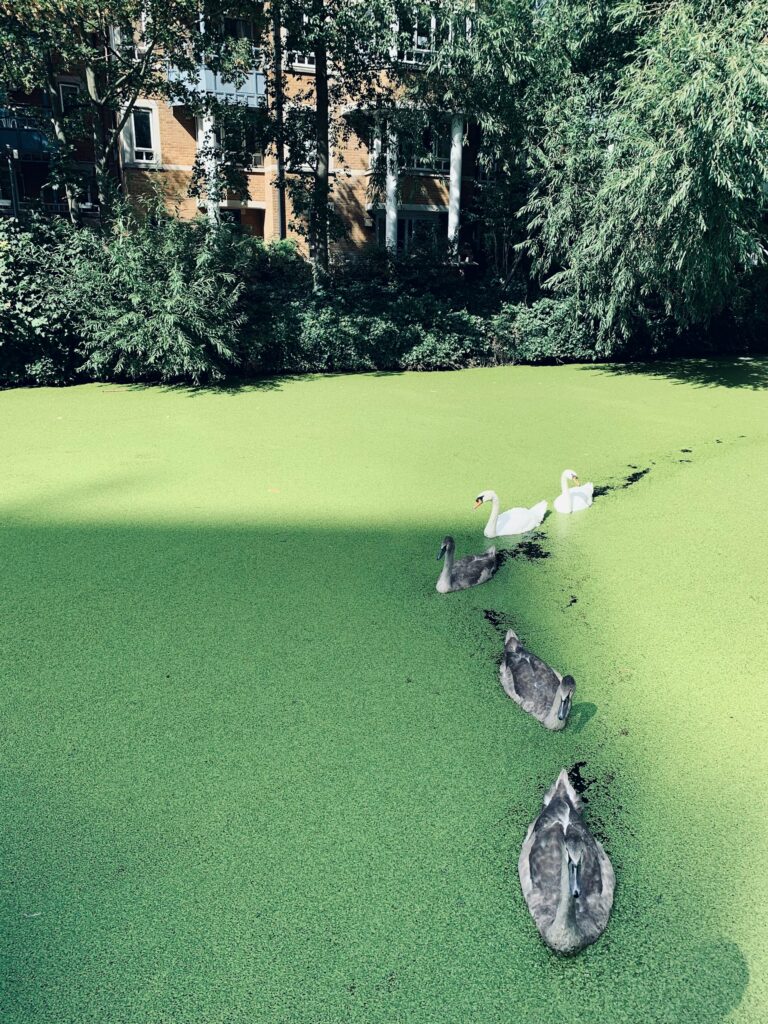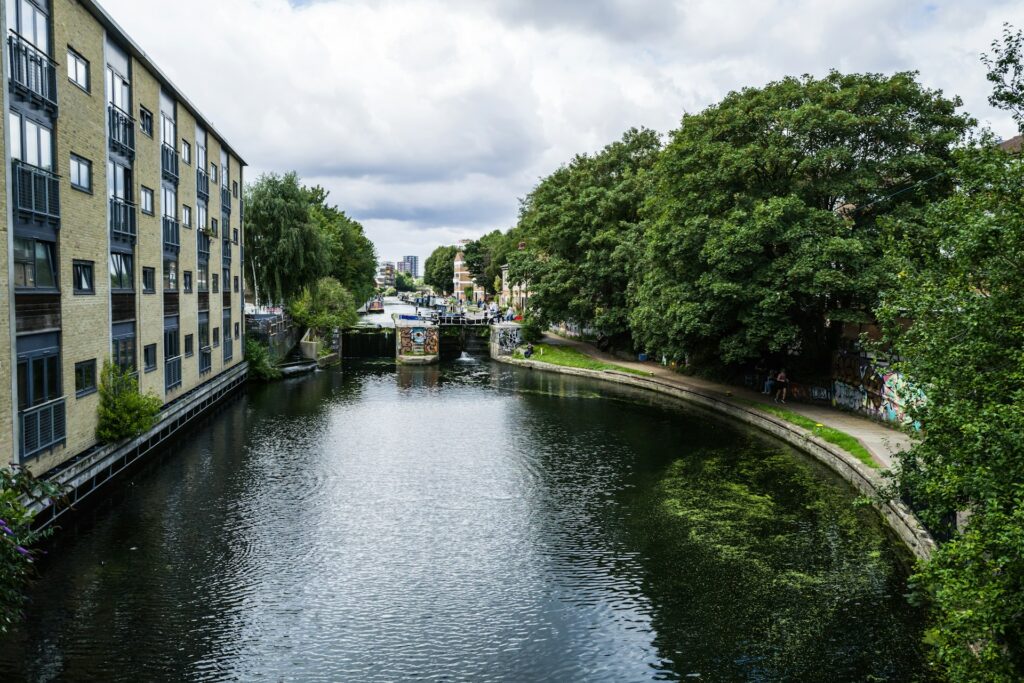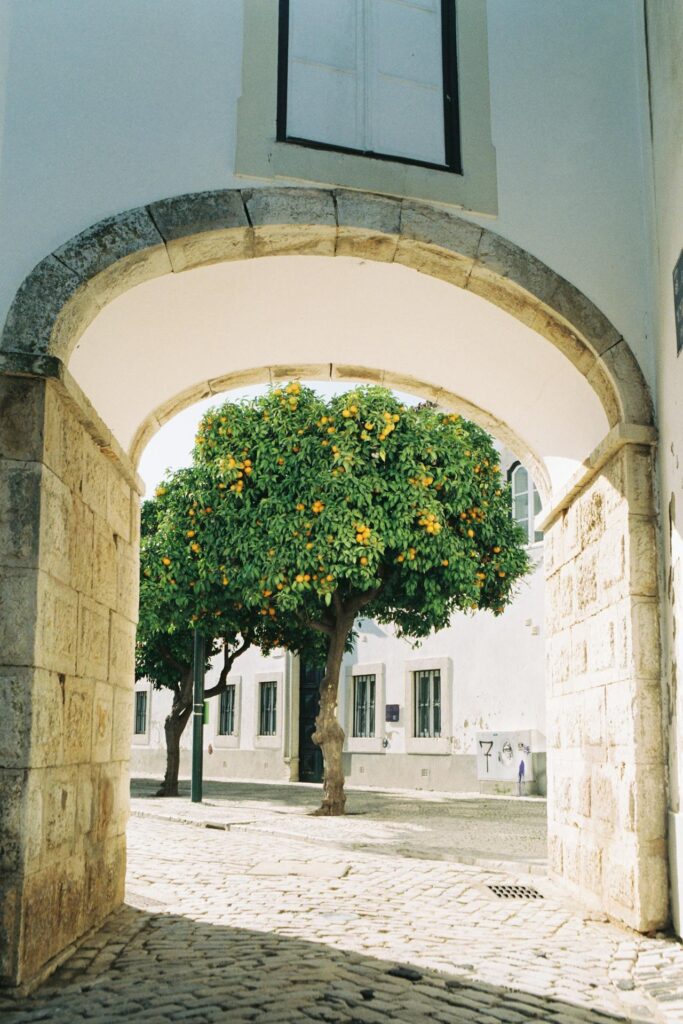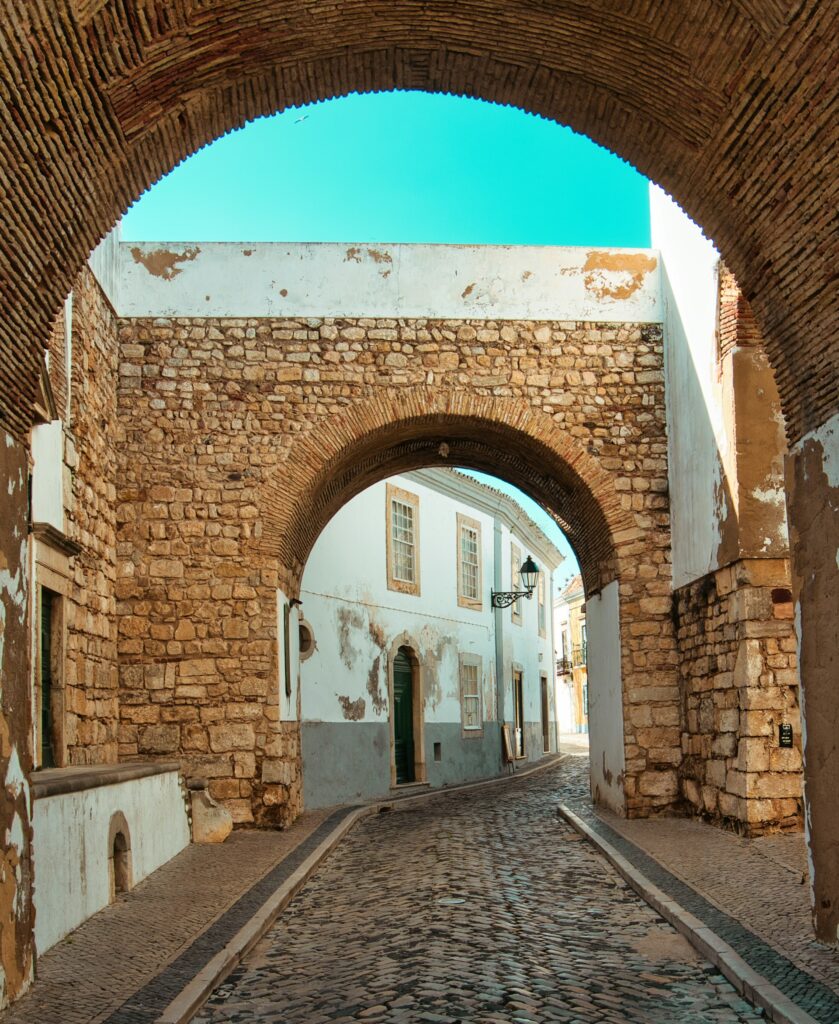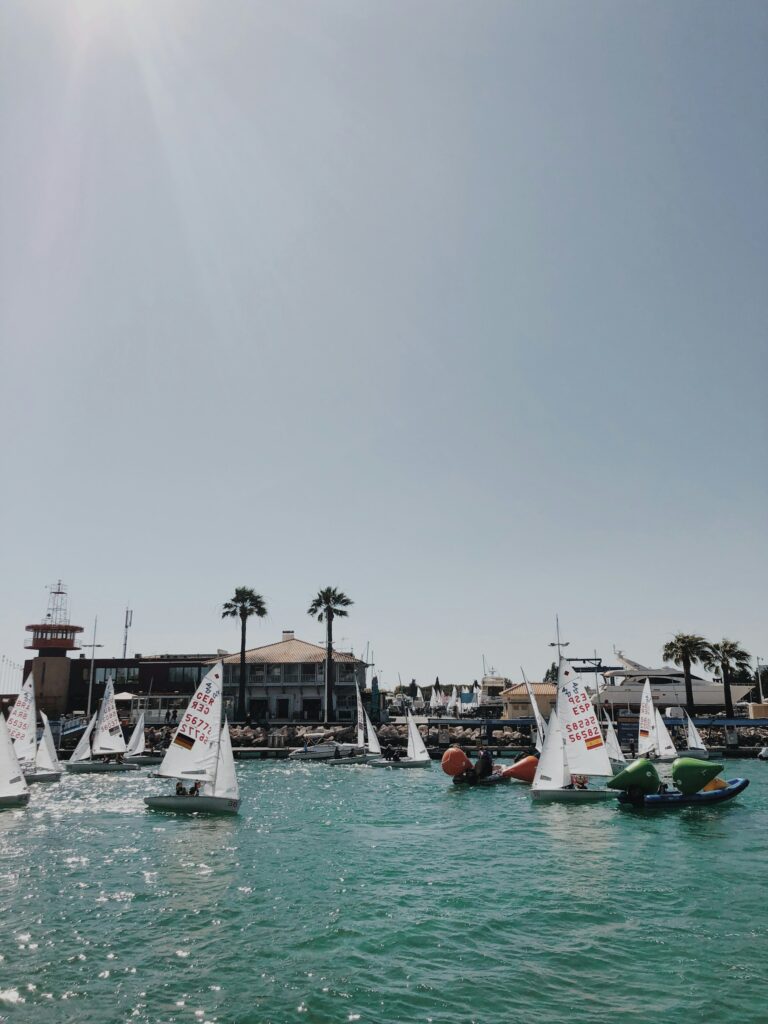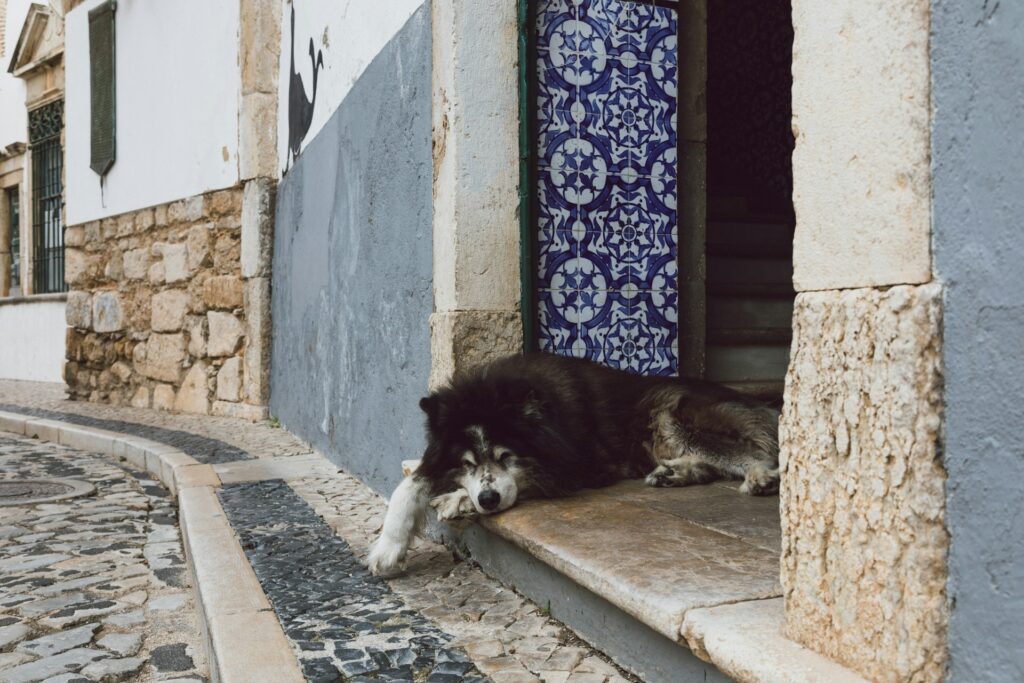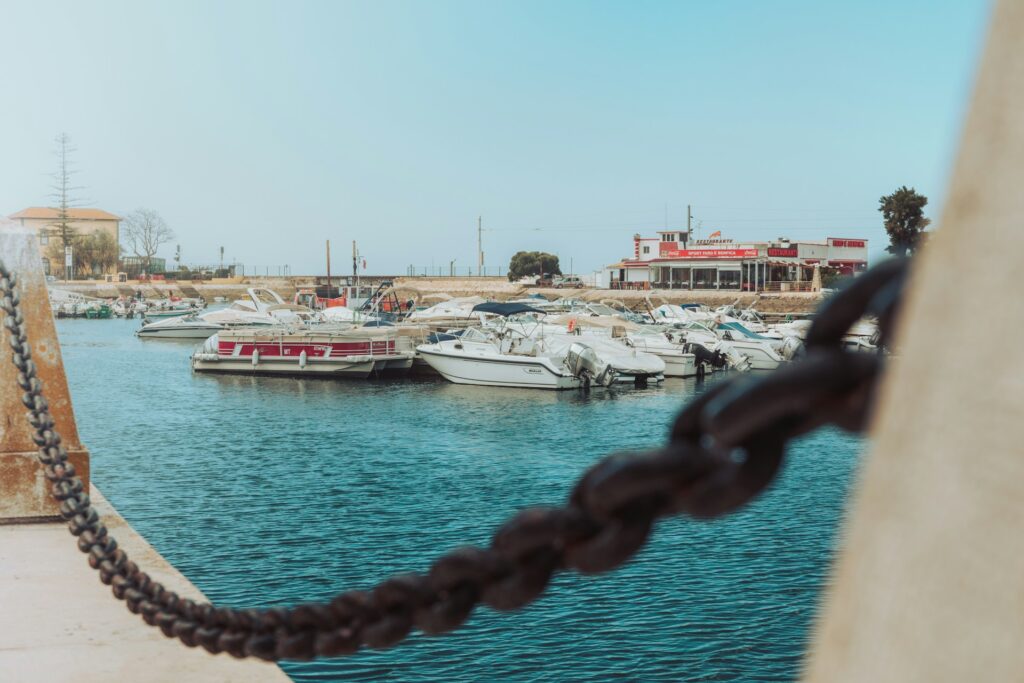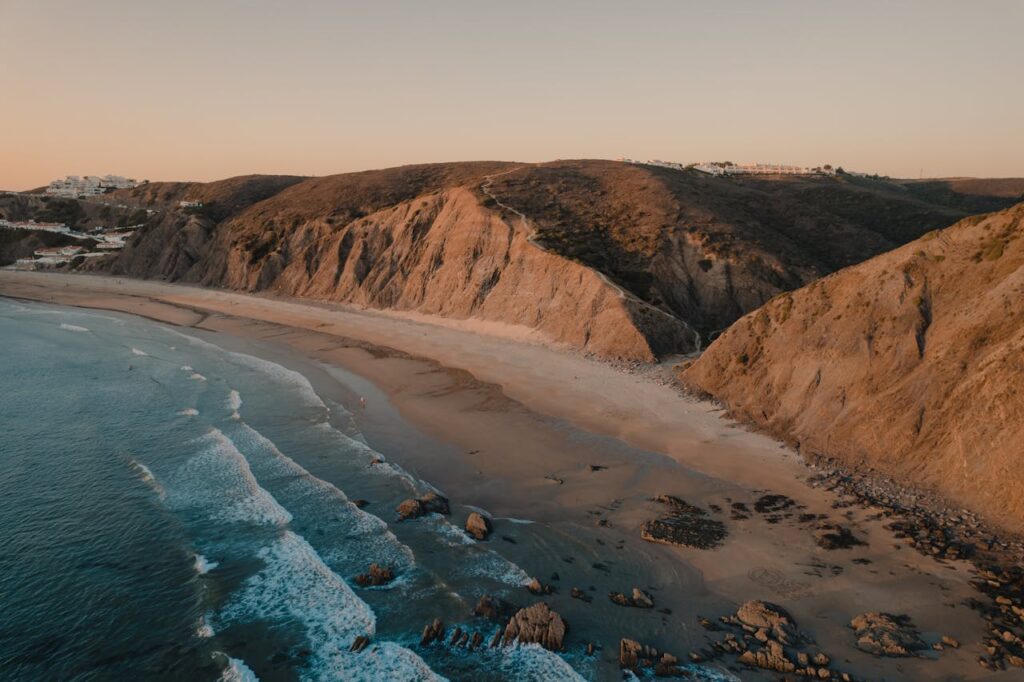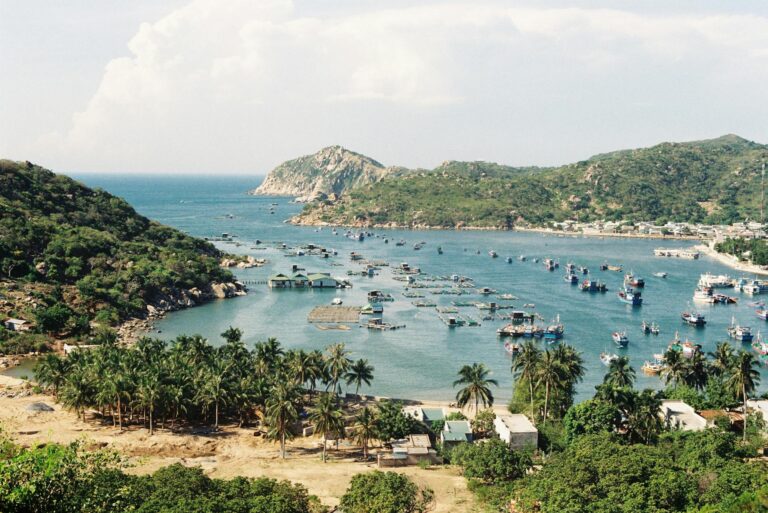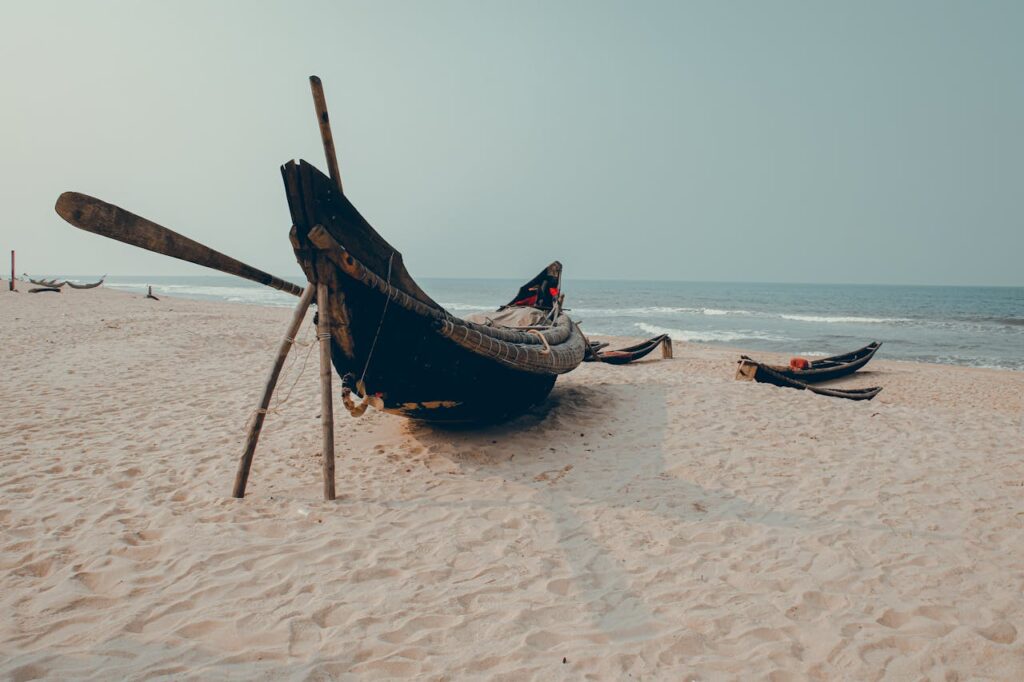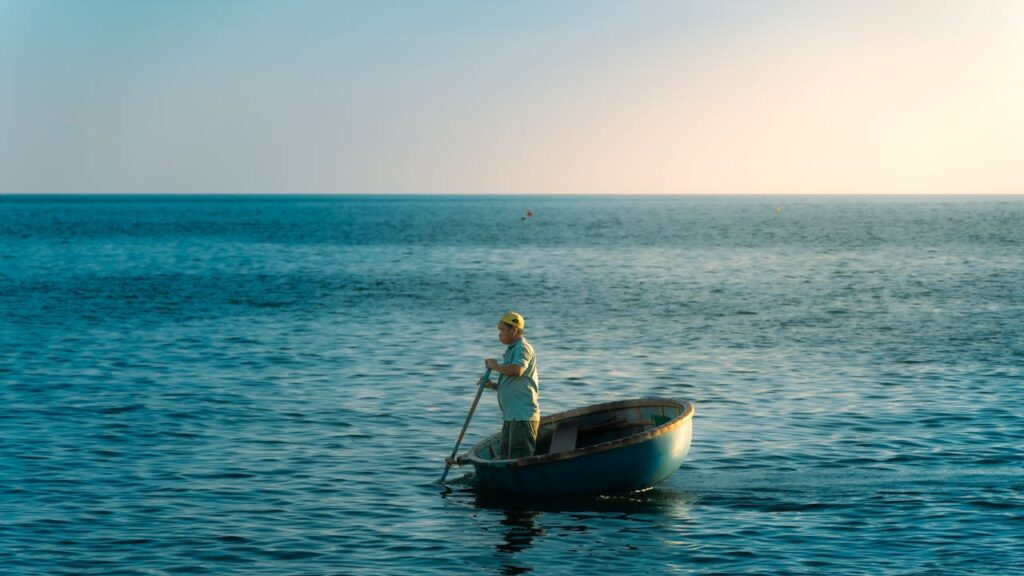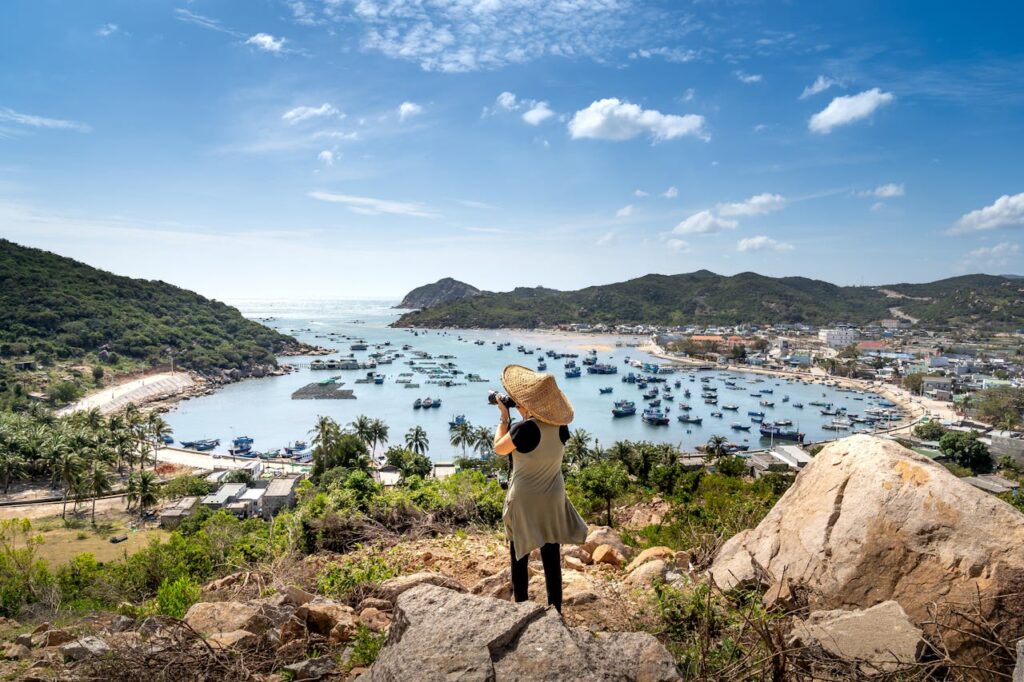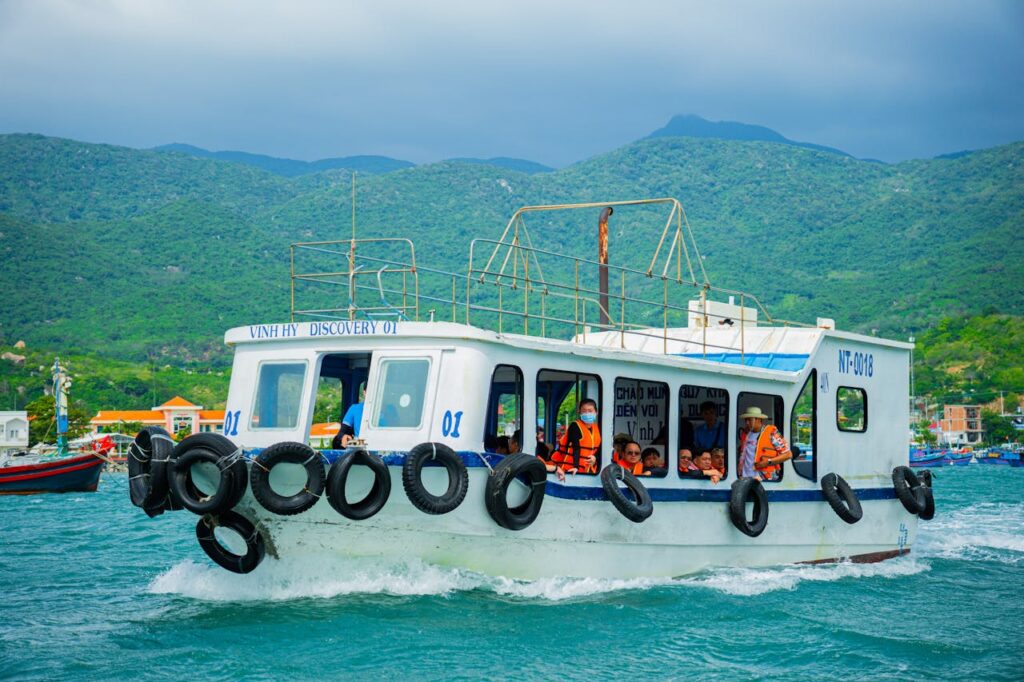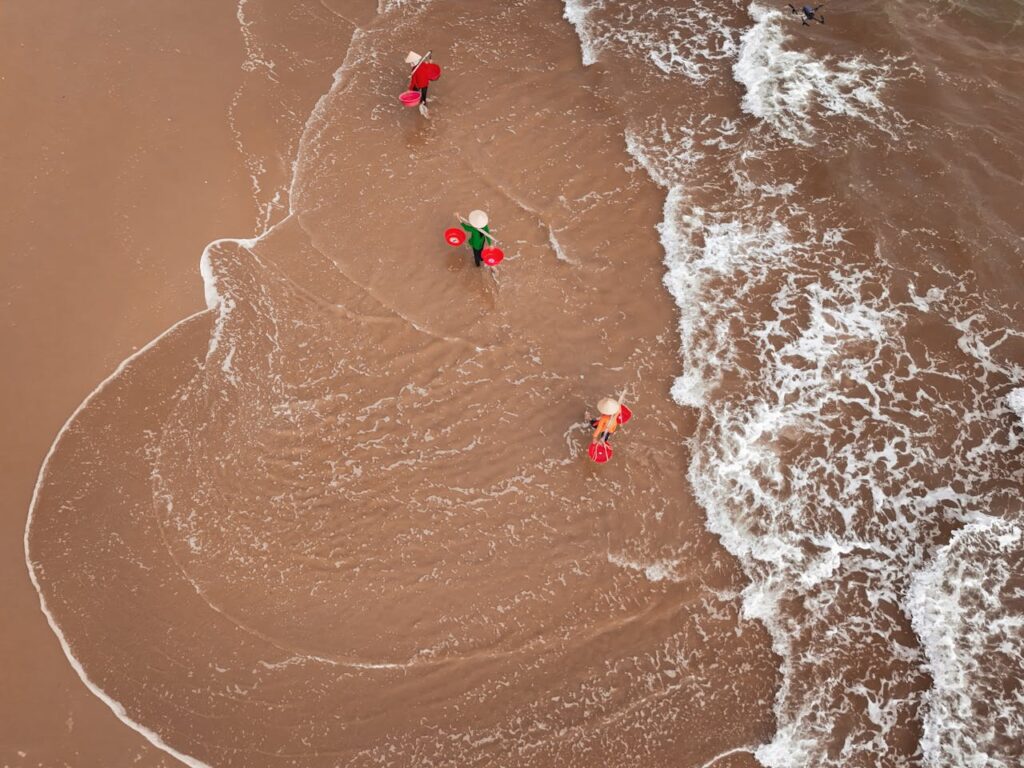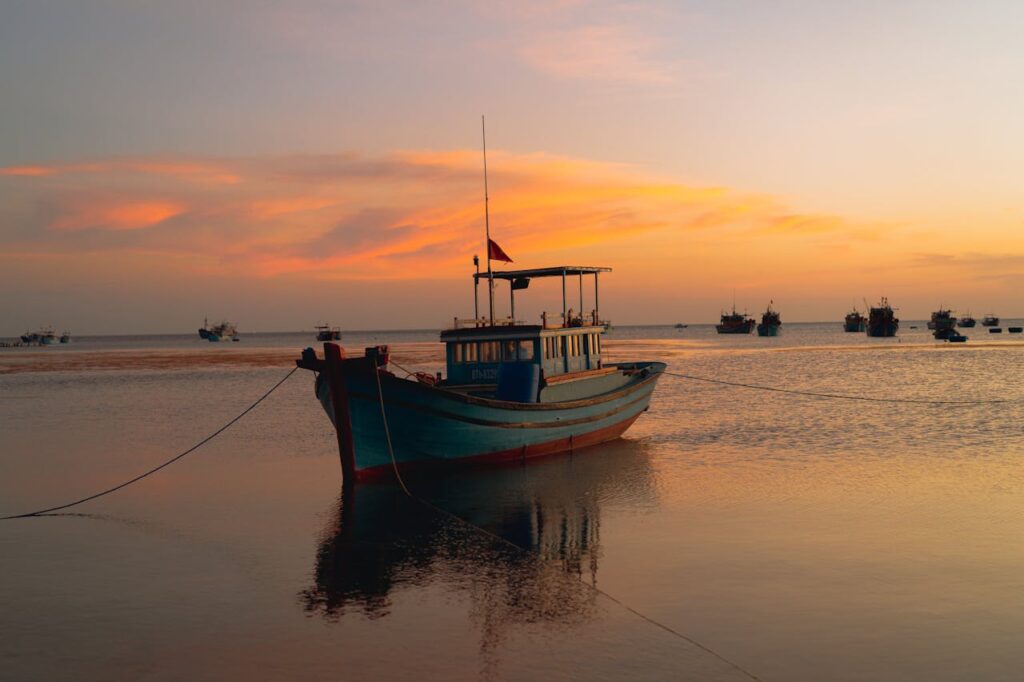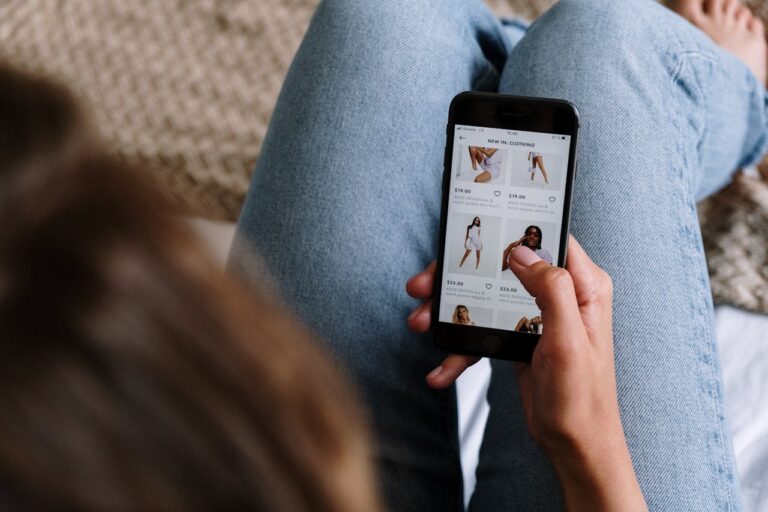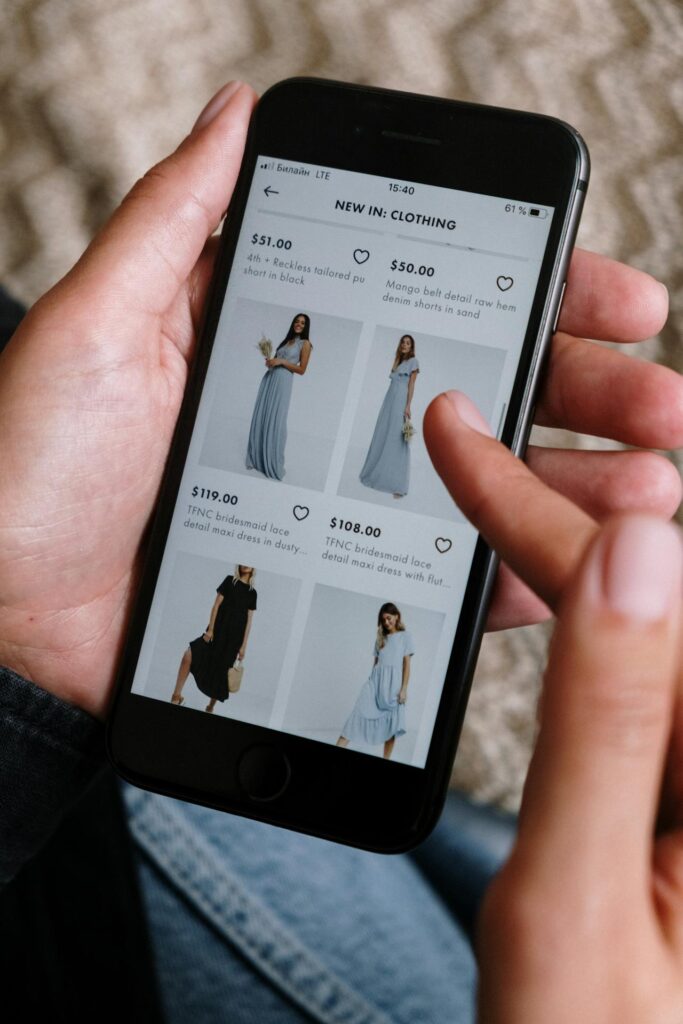Sitting where the River Avon meets the Severn Estuary, Bristol pulses with a creative energy that sets it apart from Britain’s more buttoned-up cities. This is a place where Banksy first wielded his spray cans, where Massive Attack and Portishead pioneered trip-hop, and where Victorian warehouses now house everything from immersive art spaces to craft cider taprooms.
Bristol wears its contradictions proudly – it’s simultaneously gritty and genteel, radical and refined, with street art adorning Georgian terraces and Michelin-starred restaurants neighbouring proper pubs.
The city’s maritime past remains visible at every turn, from the restored SS Great Britain to the colourful houses of Clifton climbing the hillside like something from a sailor’s fever dream. But Bristol refuses to be a museum piece. In neighbourhoods like Stokes Croft and Gloucester Road, independent shops, venues, and cafés create what locals proudly claim is Britain’s most alternative mile. Meanwhile, the transformed harbourside buzzes with floating restaurants, cultural centres, and enough craft beer to sink a ship. Or, indeed, those floating restaurants…
While Bath, just 15 minutes by train, attracts the coach parties, hens and stags, Bristol rewards visitors with authentic experiences and a refreshing lack of tourist tat. Here, you’re more likely to stumble upon a guerrilla gardening project than a gift shop, more likely to find yourself in a converted shipping container listening to an underground DnB set, than queuing for overpriced attractions. Two days provides enough time to grasp why Bristolians are so fiercely proud of their city – and why an increasing number of Londoners are making it their permanent home.
Day 1: Harbourside Heritage & Street Art Safari
Morning: Breakfast & Brunel
Start your Bristol adventure at the aptly named The Bristolian, an independent café just around the corner from lively Stokes Croft, where they try to source everything locally. There are plenty of gluten-free, vegetarian and vegan options, however you can’t go wrong with one of their full ‘Bristolian’ breakfasts.
Breakfast is big business in this city and The Bristolian is walk-in only, so if you can’t get a seat, pop into Café Kino which is just around the corner. This spot is very typical of a certain Bristol vibe, offering a community-focused cooperative with a vegetarian and vegan menu. Do a good deed for the day and partake in their ‘suspended coffee’ pay-it-forward scheme where you can buy a coffee or a soup that can be claimed by anyone who can’t afford it. Lovely stuff.
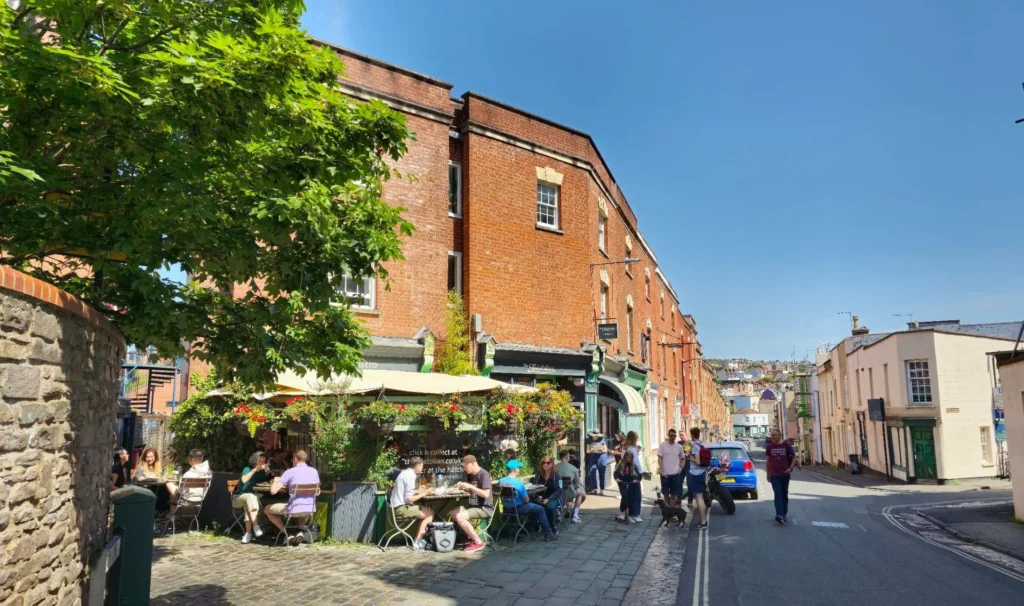



A 25-minute walk (or 10-minute bus ride on the number 8) brings you to the Harbourside and Brunel’s SS Great Britain. Arrive by 10am to beat the school groups and experience this marvel of Victorian engineering in relative peace (though, be warned, it’s closed Mondays in winter). The ship, once the largest in the world, has been brilliantly preserved in a glass-roofed dry dock that creates the illusion of floating on a glass sea. The audio guide, narrated by various fictional passengers, brings the vessel’s transatlantic crossings and Australian emigrant runs to vivid life. Tickets (£19.80 online) include unlimited return visits for a year.
If you haven’t had the chance to eat breakfast before you get to Brunel’s, pop to The Crêpe & Coffee Cabin, Bristol’s smallest coffee shop, complete with views across the harbour. This is a no-nonsense breakfast at a great price, and is a glorious spot on a sunny day to break your fast.
Midday: M Shed, Markets & Maritime Quarter
Stroll along the harbourside and pop into M Shed on Prince’s Wharf. It’s a museum all about Bristol and is free to enter. Then it’s onto Wapping Wharf, Bristol’s answer to Copenhagen’s Meatpacking District. This development of converted shipping containers houses some of the city’s most exciting food ventures.
Here you’re spoilt for lunch choices. For something light, head to Root, where chef Rob Howell creates vegetable-forward small plates that change with the seasons. Their charred hispi cabbage (whose garnishes change with the seasons) is the best version of this ubiquitous dish we’ve ever had, and the natural wine list champions small European producers. The restaurant holds a Michelin Bib Gourmand, a real coup for a place not in thrall to protein. Alternatively, Gambas is a tapas bar that places a heavy focus on all things prawn. Inspired by Valencia’s Mercado Central, there are few better ways to spend an afternoon than by taking a seat at the counter here and sucking prawn heads.


Before or after lunch, explore the independent shops of Wapping Wharf – Bert’s Homestore for Scandi-inspired homewares, The Bristol Cheesemonger for West Country artisan varieties, and Mokoko for bean-to-bar chocolate. Then walk to Spike Island, an international centre for contemporary art housed in a former tea-packing factory. Their exhibitions showcase cutting-edge work, often with a political edge that reflects Bristol’s radical heritage.
Afternoon: Street Art Pilgrimage
No visit to Bristol is complete without a street art tour. While organised tours exist, the DIY approach proves more rewarding. Since you’re in the area, start with Banksy’s Girl With The Pierced Eardrum in Hanover Place. Then, take the Bristol ferry up past Millennium Square to the city centre ferry landing.
Before your street art quest continues, stop off at Under the Stars, one of our favourite boat bars. It’s moored on Bristol’s historic harbourside, and is ideal for a quick refreshment before heading to Nelson Street. On the way, if you’re in need of a snack, stop for some award winning Birria tacos or Nepalese dumplings at The Harbourside Market which is open every Wednesday, Thursday, Saturday and Sunday.

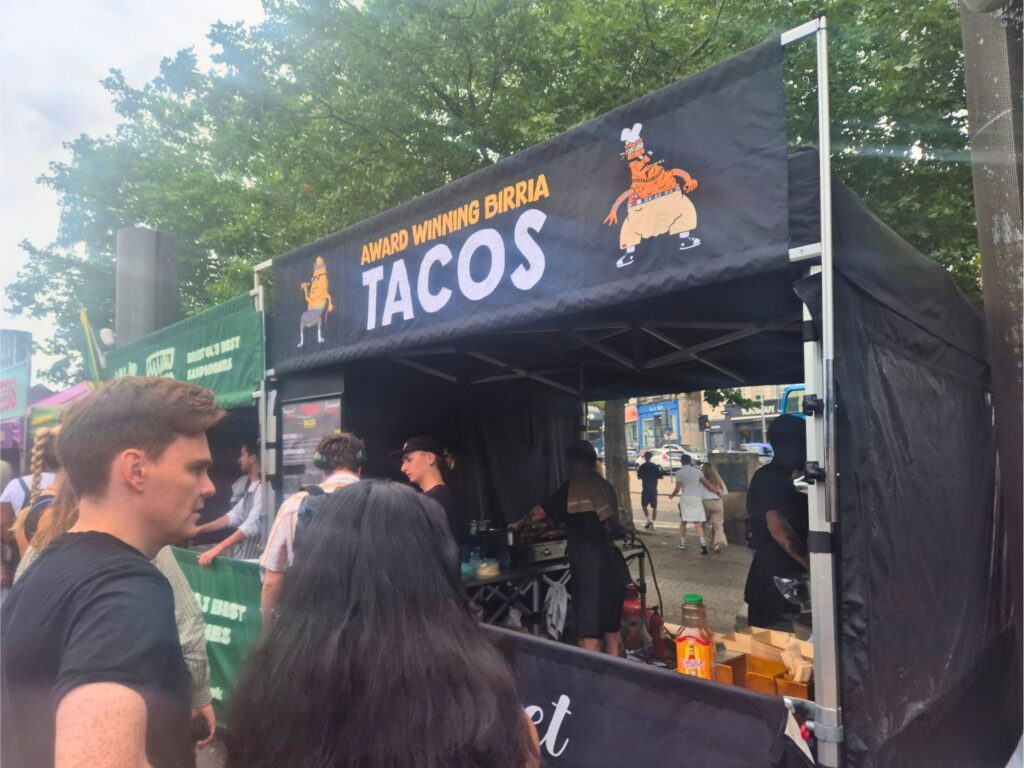
When you get to Nelson street, Banksy’s Well Hung Lover still clings to the side of a building at the Park Street junction, despite vandalism attempts (and a rumoured sale of the building) over the years. From here, wind through the backstreets towards Stokes Croft, Bristol’s cultural quarter and street art mecca.
The ever-changing murals here range from massive commissioned pieces to guerrilla tags. Don’t miss Banksy’s Mild Mild West opposite The Canteen – this 1999 piece featuring a teddy bear throwing a Molotov cocktail at riot police remains one of Bristol’s most iconic artworks.
While you’re here, pop into The Canteen for a swift coffee or something a little stronger. Here talented bar staff and baristas serve flat whites to some of the most colourful characters in Bristol. This place has become an institution and embodies Bristol’s independent spirit – the walls feature rotating exhibitions by local artists, and the communal tables encourage conversation with everyone from activists to accountants.
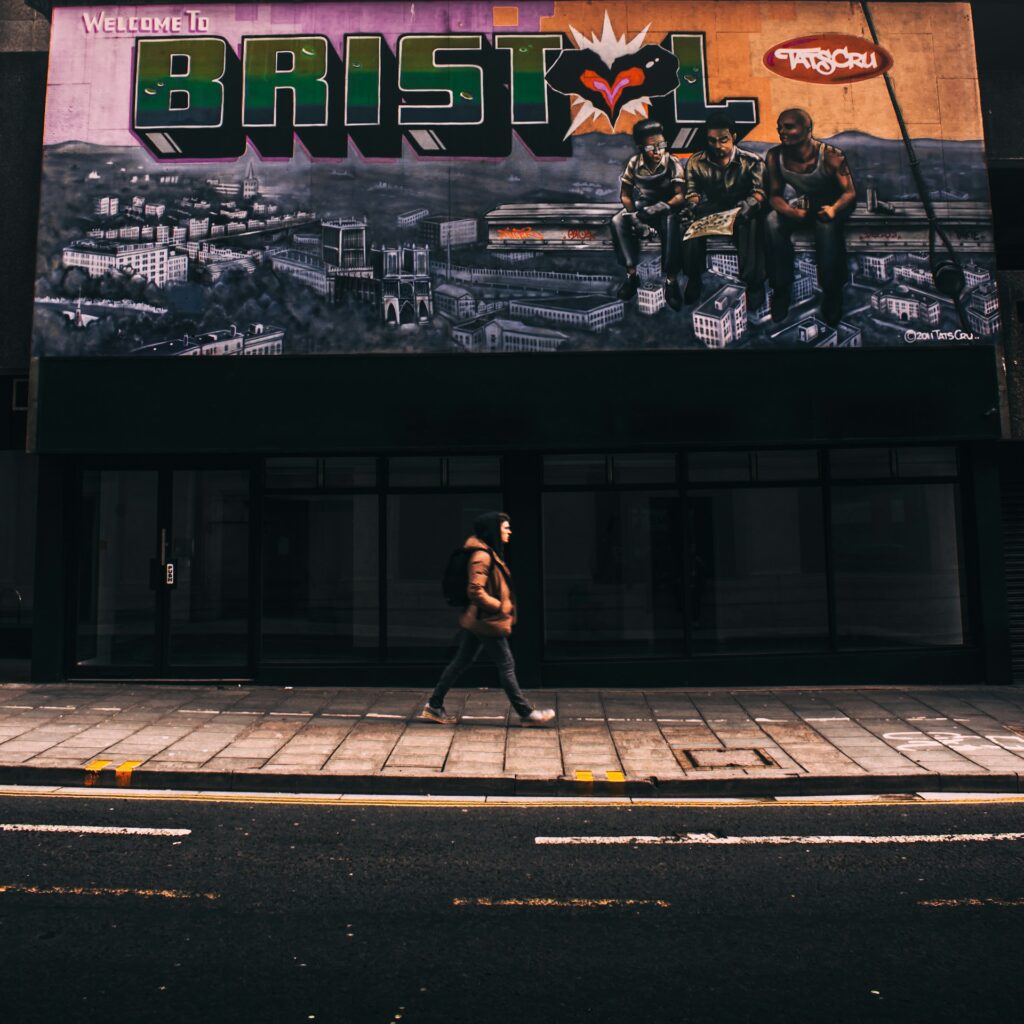
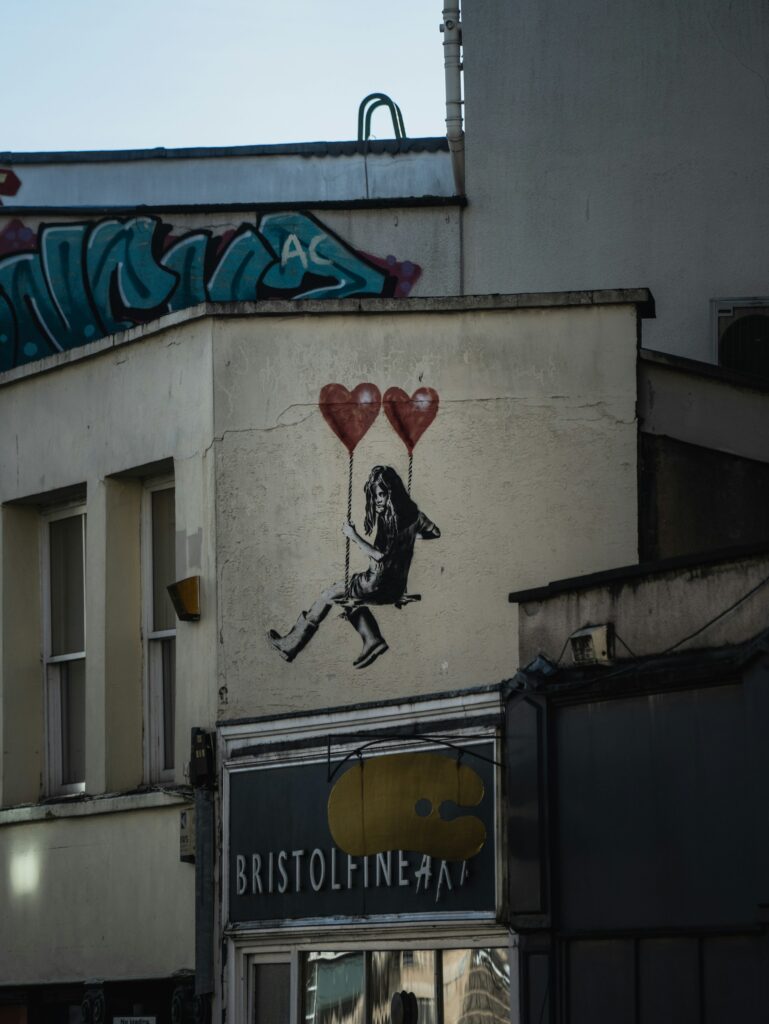



Sampling Caribbean food is another Bristol must and we can’t recommend Caribbean Croft on Stokes Croft enough. The recipes come from the chef’s mother-in-law, Ms Cat, and the menu is influenced by the restaurant’s staff who come from across the different islands. For something light, order the starter sharing platter (red mullet salad, Jerk wings…the works) and wash it down with their signature cocktail, the Caribbean Croft, which blends three different rums with vodka and a refreshing mix of grapefruit, orange, cranberry, fresh lime, and grenadine for a tropical flavour explosion. They also do a mocktail version if all that rum sounds a little too much of an afternoon pick-me-up.
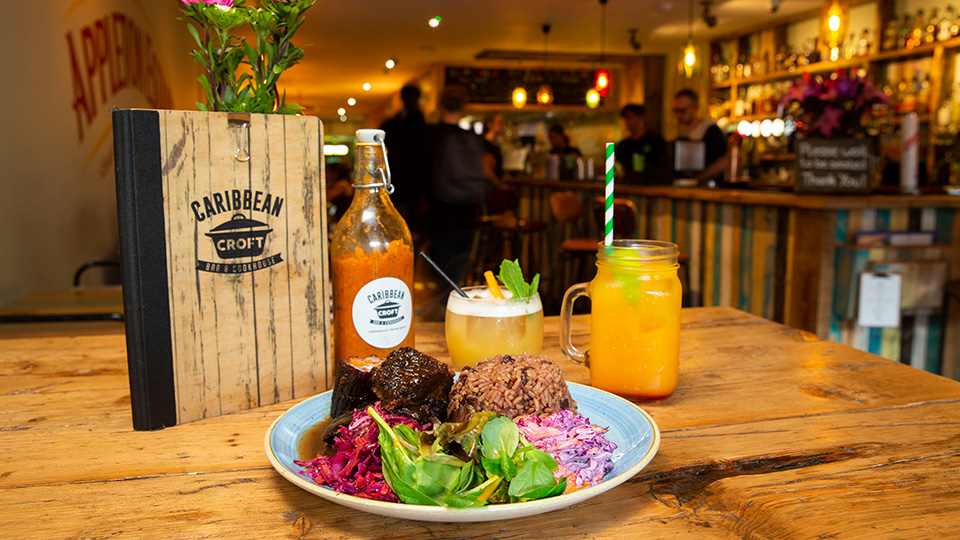


Alternatively, if it’s raining cats and dogs on your visit (this is the South-West, one of the rainiest regions of the UK) and a street art tour is out of the question, consider going to Wake The Tiger, the UK’s largest immersive art experience, set in an old abandoned paint factory. It’s a labyrinth of mind-bending visuals and multi-sensory fun, and well worth your time, come rain or shine.
Evening: Cider & Sounds
Bristol is often referred to as the cider capital of the UK and has a thriving cider scene. As darkness falls, make your way to The Apple, Bristol’s most beautiful cider boat moored in the Old City. This converted Dutch barge stocks over 40 ciders, from bone-dry farmhouse scrumpy to modern flavoured varieties. Order a tasting board to navigate the options – the staff genuinely know their stuff and can guide nervous newcomers away from the head-spinning 8% varieties which will have you singing “I Am A Cider Drinker” by the Wurzels on repeat. If you’re up for another jar, pop over to the Left Handed Giant, a renowned craft brewery which has great views across the Floating Harbour and Castle Park.
You’ll of course need a good meal after that cider and Bristol doesn’t disappoint. Ask most chefs and they’ll tell you that Bristol is undeniably a strong contender for the title of the best foodie city in England. With a diverse and thriving food scene, this Southwest food destination is home to an impressive array of Michelin-recognised restaurants and countless other award-winning establishments.
For dinner, choose from our roundup of the best restaurants in Bristol. While we can be fickle, currently our favourite in all of Bristol is COR in Bedminster. With a leaning towards Mediterranean plates told through a British lens, the food here is bright, bold and brilliant.


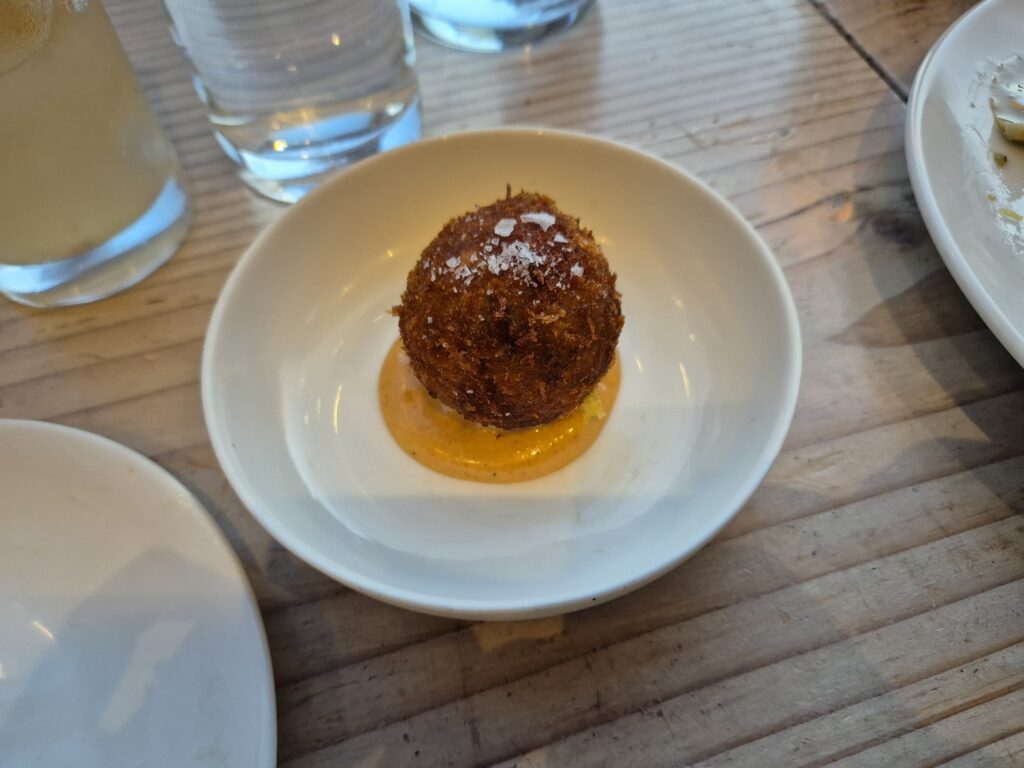

Wherever you go, end your night at Thekla, the legendary live music and club boat moored in the Mud Dock. This former German cargo ship has hosted everyone from Portishead to Idles over its 40-year history. Following a £1 million refurbishment in 2019, the sound system and intimate atmosphere guarantee a proper Bristol night out. Check their live listings – you might catch anything from drum and bass to post-punk.
Day 2: Clifton Heights & Independent Delights
Morning: Suspension & Splendour
Begin day two exploring Clifto, Village. Start with breakfast at Primrose Café, which is arguably Bristol’s most beloved café. It’s been under the same ownership for over 30 years and everything is sourced locally, as you’d expect. Alongside your usual suspects, they have some fantastic breakfast options including kedgeree, huevos rancheros and our favourite, The Scandi, where toasted raisin and caraway rye is topped with all sorts of good things like cured salmon, pickled cucumber and celeriac rémoulade. This is a walk-in only café, but wait times are usually low.
The Lido Restaurant is another one of our favourite spots for breakfast in Clifton. Serving Mediterranean inspired breakfasts from 9.00am to 10.45am, you can’t go wrong with their pan con tomate served with jamon and manchego, or our favourite charcoal grilled Iberico bacon chop, topped with a fried duck egg and accompanied by Morcilla de Burgos and baked beans. Booking is advised and if you fancy a swim, you can pre-book breakfast and a swim for £40.
From Clifton, it’s just a 2-minute stroll to the Clifton Suspension Bridge, Brunel’s masterpiece spanning the Avon Gorge. Cross on foot (free for pedestrians) for spectacular views – on clear days, you can see the Welsh hills. The visitor centre on the Leigh Woods side provides fascinating context about the bridge’s troubled construction and various safety measures.
For the energetic, descend the zigzag path to the Avon Gorge for a different perspective. Otherwise, return to Clifton Village and explore its independent shops. Then, wander down Whiteladies Road, which is home to a host of independent shops.


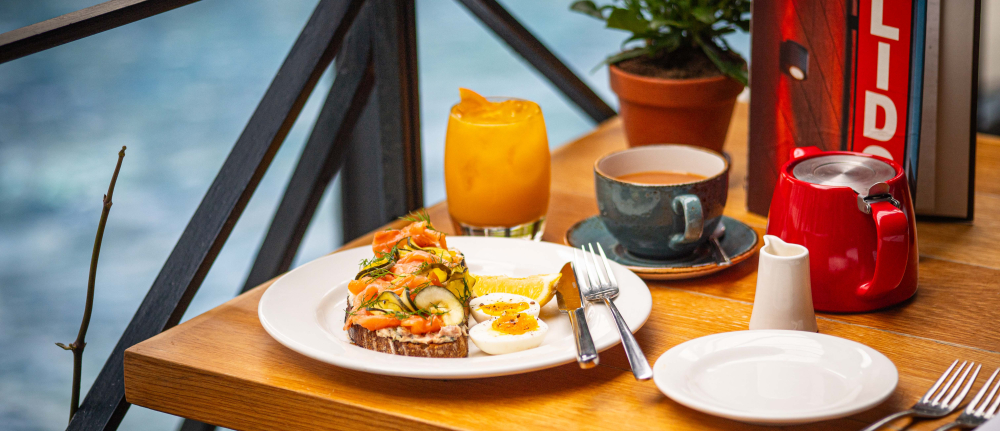

Midday: Museum & Market Lunch
From Whiteladies Road, head to Park Street for the Bristol Museum & Art Gallery. This free museum punches well above its weight, with collections ranging from Banksy’s Paint Pot Angel to Alfred the Great’s coins. The Eastern art collection proves particularly strong, while the geology section explains why Bristol became such an important port.
For lunch, walk down Park Street to St Nicholas Market, Bristol’s oldest market dating from 1743. Known as ‘St Nick’s’ to locals, this covered market has been named as one of the best in the UK and is a must-visit.
The gorgeous glass arcade is home to the best street food in Bristol, and, arguably, the South West. Favourites include Chilli Daddy, who serve Szechuan street food, Caribbean Wrap, where you can get some of the best jerk chicken in Bristol, and Momo Bar, which is a Tibetan family-run stall steaming up momos. Also, don’t miss Angelababy Kitchen and their Hong Kong-style cooking – we love their char siu pork and generously sized bao buns. To top it all off, Taco Barra does excellent tacos, but be warned, they do sell out.
Whatever you choose to eat, or even if you decide to go hungry, grab a seat anywhere you can and watch the eclectic crowd drift past – this is Bristol at its most diverse and democratic.
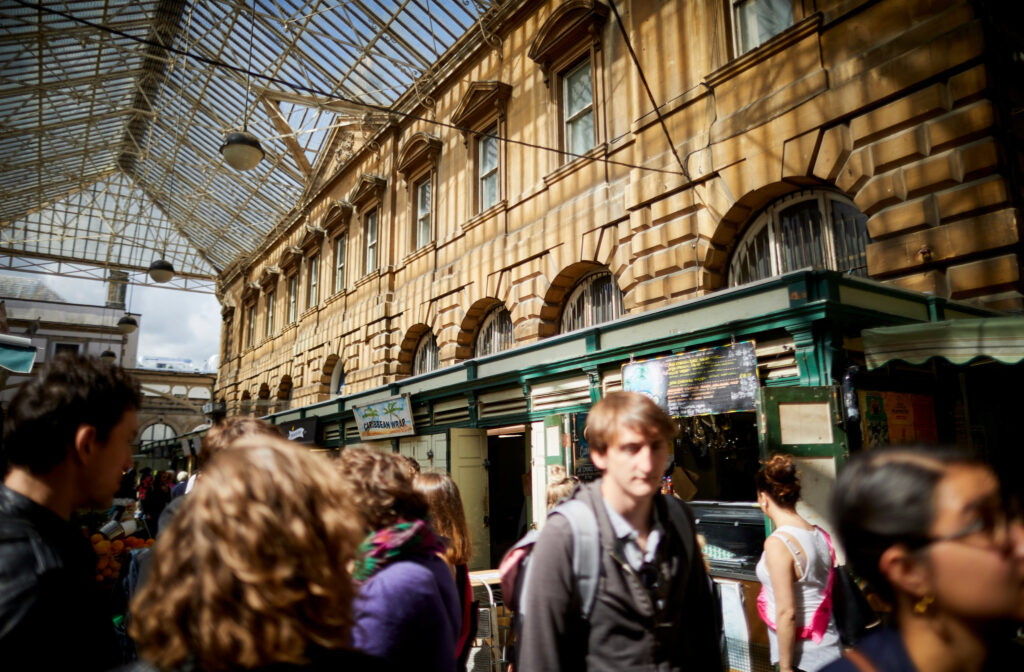
Afternoon: Gloucester Road Ramble
If you’re in the mood for a mooch around after all that food, catch any bus heading north from the centre to Gloucester Road, reputedly Europe’s longest stretch of independent shops. Start at the Cheltenham Road end and work your way north, popping into whatever catches your eye. If you’re after a coffee, head to Scandi-style cafe Mød, or stop off for a pint at The Cider Press.
Evening: Dinner, Laughs & Live Music
For your farewell dinner, book ahead at Wilsons. This tiny restaurant on Chandos Road serves a daily-changing tasting menu that regularly earns national acclaim. Chef Jan Ostle works with hyper-local suppliers to create dishes that feel both innovative and deeply rooted in place – the Wye Valley asparagus with brown butter or Cornish crab with cucumber and dill exemplify the light touch. The wine list leans heavily on natural producers, with plenty available by the glass.
Cap off your Bristol weekend at The Wardrobe Theatre, an intimate venue at the Old Market Assembly that hosts comedy, theatre, and spoken word. Their weekend comedy nights attract both touring acts and local talent – Bristol has produced a disproportionate number of local comedians, after all. The BYOB policy and 100-seat capacity create an atmosphere where anything might happen.
Finally, if you’re looking to continue your night, Bristol was recently named as one of the best places in the UK for its pub music scene. For live jazz, The Old Duke on King Street by Bristol’s harbourside has live music every night. You’ll recognise this area as it’s right next to The Cider Press. Kings Street itself has got to be one of our favourite streets in Bristol. Dating back to the medieval times, today it’s home to around 10 pubs and houses several of Bristol’s most renowned historic buildings, such as the Bristol Old Vic and the Llandoger Trow, the latter of which often has live music on too.


Elsewhere in Bristol, the Golden Lion on Gloucester Road serves live music every night of the week except Sundays while The Louisiana, where the likes of Amy Winehouse and Dua Lipa have played, always has something on.
Neighbourhood Know-How: Where To Stay In Bristol
Choosing the right Bristol base depends on whether you prioritise nightlife, culture, or tranquillity. Each neighbourhood offers a distinct flavour of Bristol life.
Harbourside appeals to first-time visitors wanting everything within walking distance. The Bristol Hotel, despite its chain appearance, occupies a prime position with rooms overlooking the water. More characterful is Number 38 Clifton, a boutique townhouse where each room is individually designed by local artists. Their breakfast includes homemade granola and eggs from urban chickens.
Clifton suits those seeking village vibes with city access. The Avon Gorge by Hotel du Vin, a Victorian pile by the suspension bridge, offers old-school grandeur and spectacular views following a complete renovation. For self-catering, the Clifton Lofts provide architect-designed apartments in converted warehouses, perfect for longer stays or those who want to shop at the farmers’ market.
Stokes Croft/Montpelier attracts visitors wanting to dive deep into Bristol’s alternative scene. The Artist Residence Bristol, occupying a former boot factory, features rooms designed by local artists and a ground-floor restaurant showcasing neighbourhood suppliers. Be aware this area gets lively at weekends – embrace the energy or pack earplugs.
For budget options, the YHA Bristol sits between the harbourside and city centre in a modern building with some en-suite rooms. In Stokes Croft, the Full Moon Backpackers occupies a Victorian house with both dorms and privates, plus a legendary Sunday roast that attracts locals.
Business travellers often default to the Aztec West business park, but staying there means missing Bristol’s essence. The city centre or harbourside provide better bases for experiencing what makes Bristol special while remaining convenient for meetings.
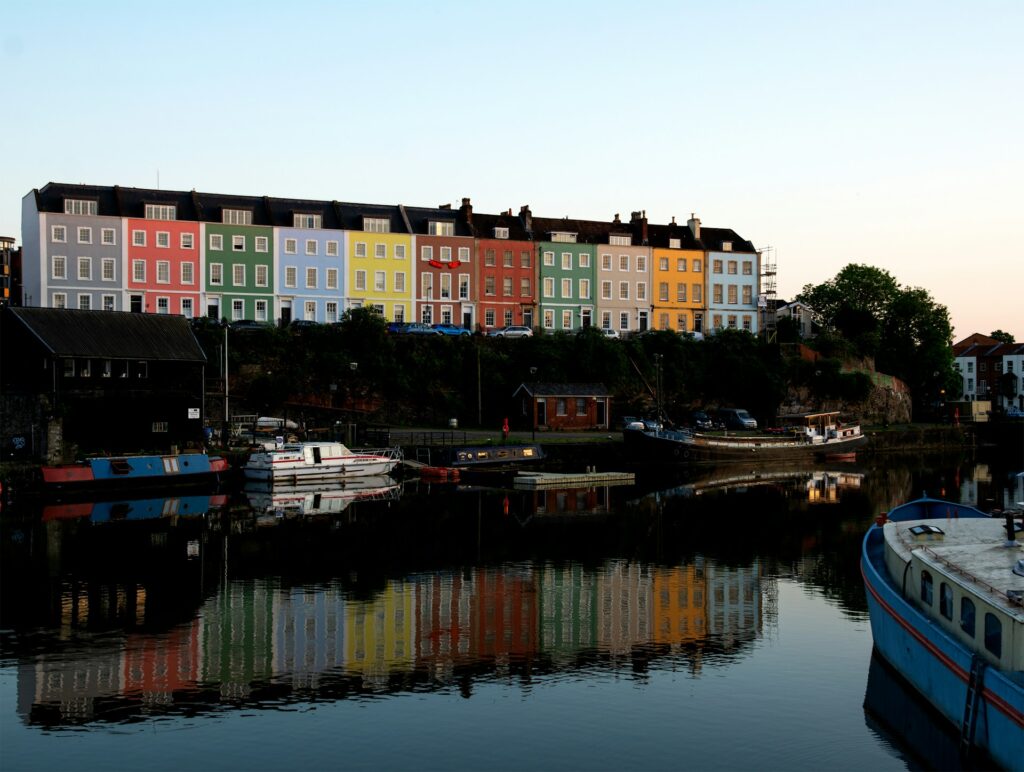
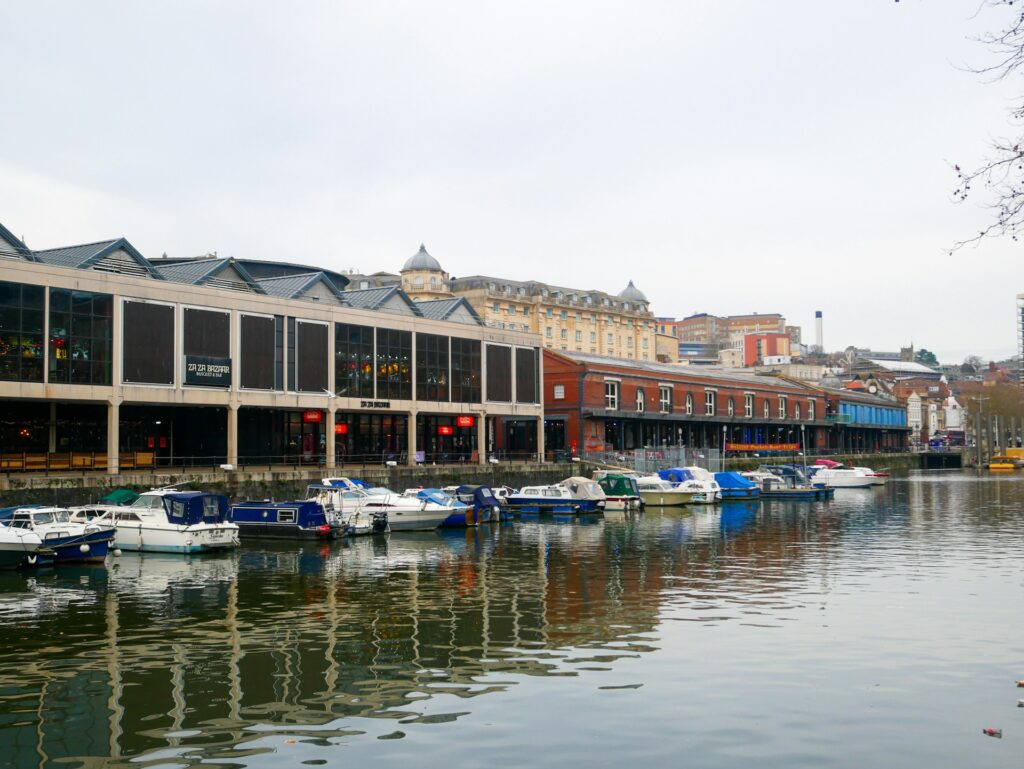
The Bottom Line
Forty-eight hours in Bristol reveals a city confidently charting its own course. From the street art-splattered walls of Stokes Croft to the genteel terraces of Clifton, from harbourside heritage to cutting-edge culture, Bristol offers experiences you won’t find in any other British city. The locals’ fierce pride in their independence, creativity, and slight contrarianism proves entirely justified.
Those with more time should explore further – the Mendip Hills for caving and hiking, Bath for Georgian splendour and a wealth of incredible day trips, or the Cotswolds for picture-perfect villages. The city also works brilliantly as a base for exploring the wider West Country, with excellent train connections to Devon and Cornwall.
But Bristol’s real appeal lies in simply wandering, following your nose from vintage shop to craft brewery, from harbourside path to hilltop view. Just don’t blame us when you find yourself browsing Rightmove for Totterdown terraces before you’ve even left.

